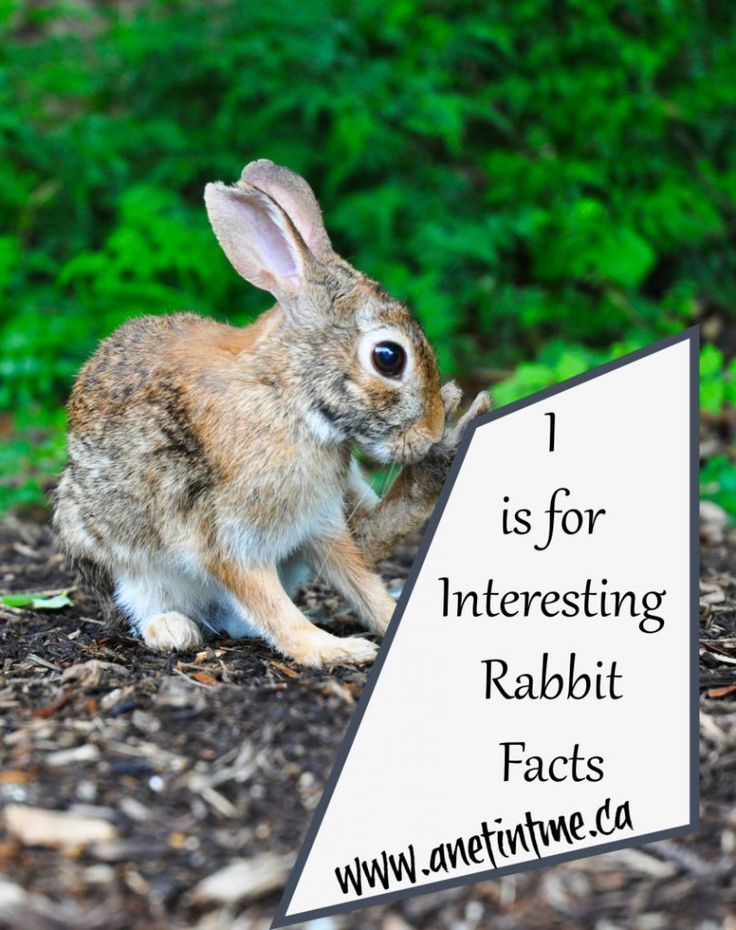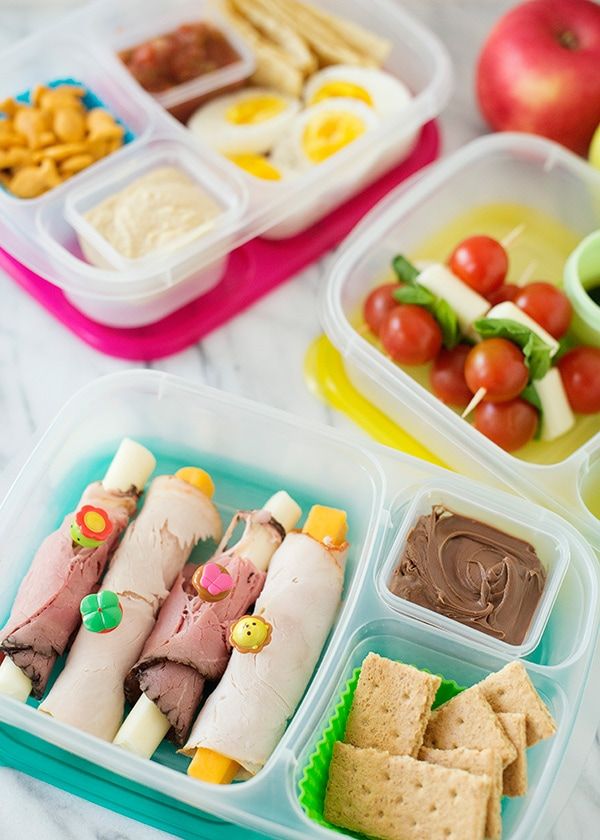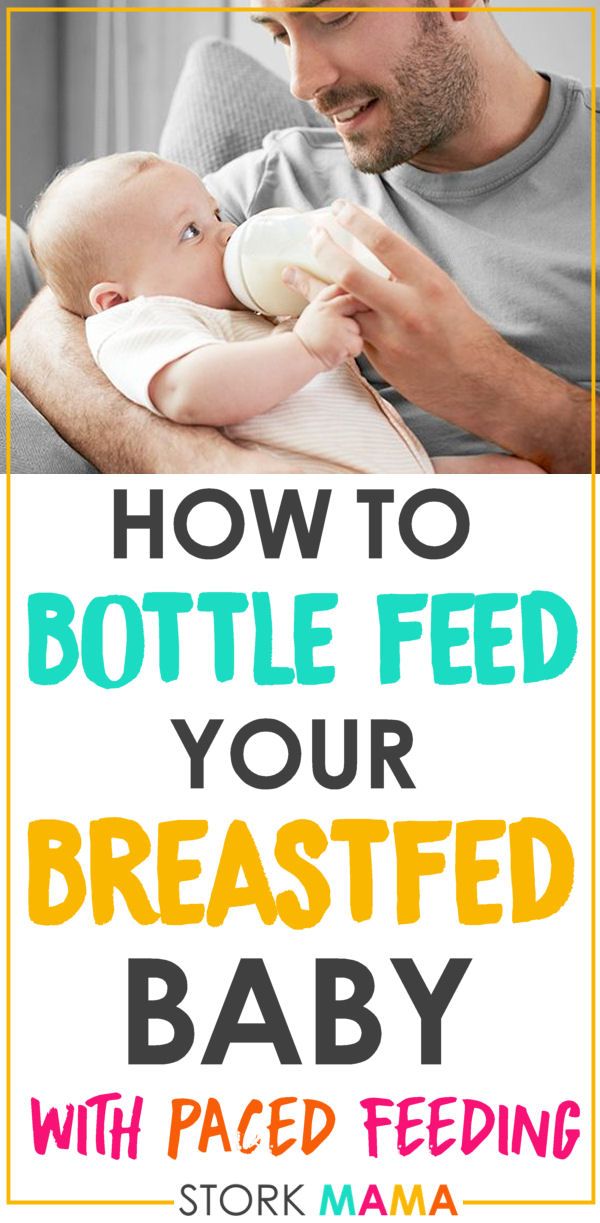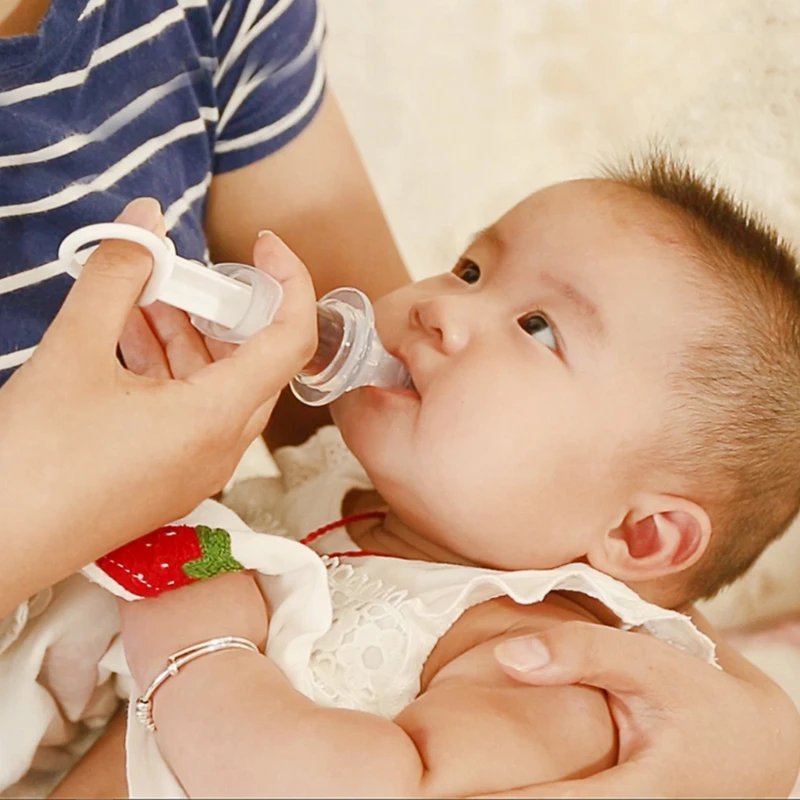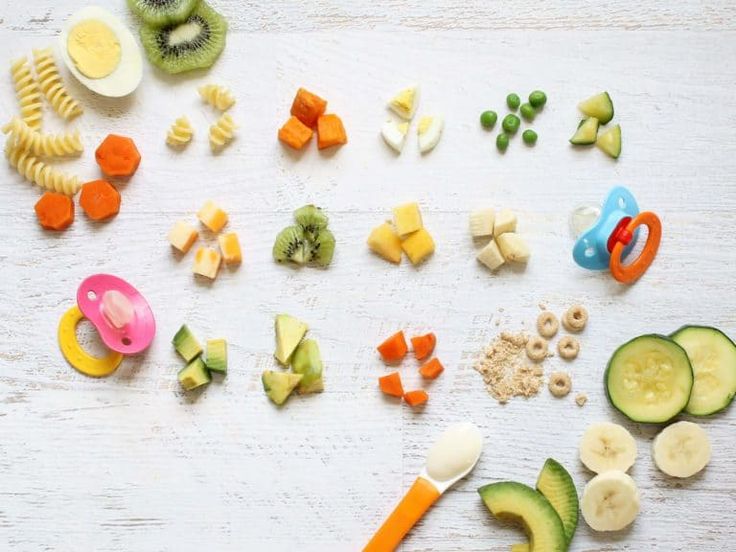Baby deer feeding schedule
Fawn Care Guidelines - NADeFA
By Dr. Cliff Shipley
These are general guidelines for raising whitetail and mule deer fawns. There are diseases and conditions that may be specific to certain areas or where these guidelines don’t work! As always, if it ain’t broke, don’t fix it! Always consult your local veterinarian for area specific conditions and to see if certain antibiotics or other medicaments may work better in your area or at different dosages.
Colostrum is the most important thing in the fawn’s life. It contains antibodies to the diseases that the does have been exposed to or vaccinated for. It also contains vitamins, protein, energy and laxative to get their intestinal tract working. We also believe that it contains factors that help prime the immune system to work properly. If they do not get colostrum, they are more likely to get scours, pneumonia, necrotic stomatatis, become chronic poor doers, succumb to other diseases and die. Colostrum can be obtained from milking out does that have lost their fawns (trust me, it’s tedious but worth it) or from someone that has cows, goats, sheep. You just need to be aware of the disease status of the place you get the colostrum from as you may lose your TB status or infect your fawns with Johne’s or other diseases. A tip that may be useful is to go to the drug store and get a breast pump to help you obtain colostrum from a doe. Heat treating or pasteurizing this non-farm colostrum may be your best bet to make sure you don’t spread disease. The following are suggestions for things that you can do to help make your fawning season more successful and hopefully raise healthy fawns. If you have vaccinated your does pre-fawning for some of these diseases, you may not want to or have to give some of these things to the fawns.
Birth/Day 1:
- Allow fawn(s) and doe to bond/nurse
- If cold, multiple births, or doe fails to claim fawn(s) or they don’t nurse:
A. Tube with colostrum (cow/doe; goat/ewe) or give First Catch Fawn or allow fawn to nurse colostrum from bottle
B. Pull fawn and bottle raise (make sure it gets colostrum either via tubing or nursing from bottle)
C.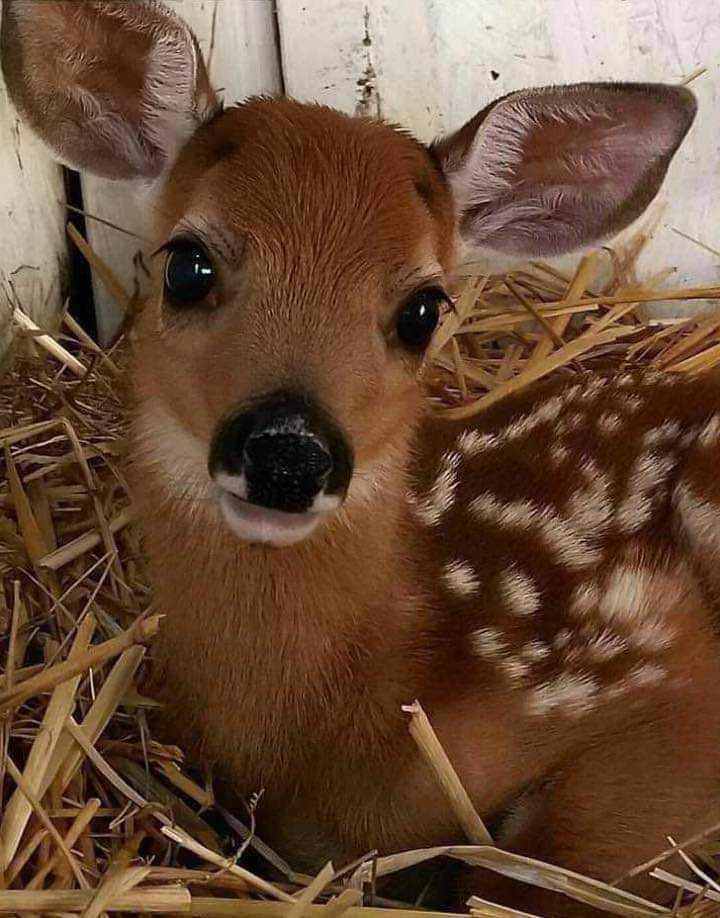 Graft to another doe
Graft to another doe
8 to 18 Hours (8-12 works best for me)
- Tag (each state may have different requirements, try to get a herd tag and a “state” tag in so they can be identified properly. Microchipping and tattooing may also be options for some producers.
- Give First Catch Fawn or E. colizer + C (2-5 ml orally) or E. colizer (2 -5 cc orally) plus C&D antitoxin orally/SQ (use lamb label dose). I do this to ensure that the fawns get colostrum and protection against E. coli and Clostridium Type C&D. If the does have been vaccinated and you’re sure the fawns got plenty of colostrum, you can skip this, but for the most part it’s pretty cheap insurance on those expensive fawns.
- Antibiotics are optional, but in high risk fawns (cold, small, no colostrum) you may want to give prophylactic antibiotics or if certain diseases are common on your farm/ranch. I recommend SQ (under the skin) because I don’t want to hurt any muscles on that delicate fawn and most medications are absorbed as well SQ as they are intramuscularly (IM).
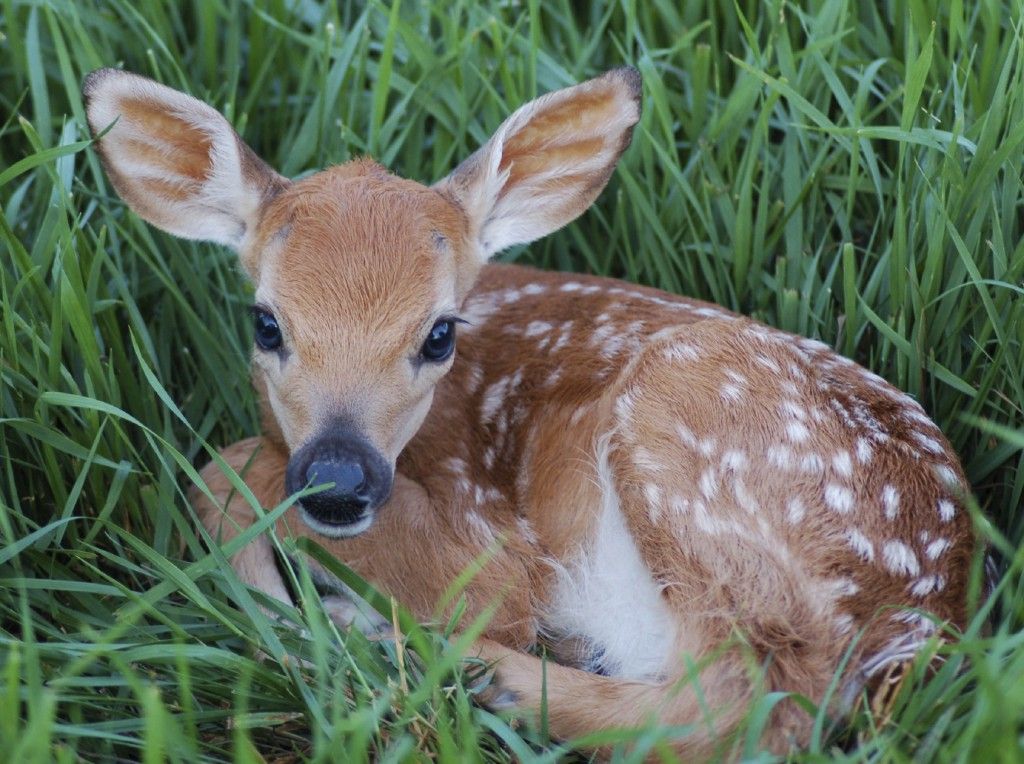 The FDA has recently outlawed all extralabel use of Excede so depending on how you or your veterinarian interpret the rules, you may not wish to use. I haven’t decided yet myself!
The FDA has recently outlawed all extralabel use of Excede so depending on how you or your veterinarian interpret the rules, you may not wish to use. I haven’t decided yet myself!
a. Excede 0.15 ml SQ or
b. Draxxin 0.1 ml SQ or
c. Nuflor 0.6 ml SQ - Vitamin E/Se (if in deficient area: make sure you consult with your local veterinarian) 1cc BoSE SQ
- ProbiosR or similar product: lamb dose or 1/10th to _ calf or foal dose. There are many probiotic preparations on the market. Many also have some vitamins and minerals as well. There are some deer specific ones that you may want to use that may be easier to titrate the dose on.
- Vitamin AD 0.05-0.1 ml SQ optional. If does have had poor nutrition or under lots of stress probably need to do. If fawns are weak or slow probably need to give.
- pull hair sample for DNA. Put in a paper envelop and label appropriately
- may want to consider giving plasma/transfuse fawns if unsure of colostrum intake, weak, sick, extremely valuable.
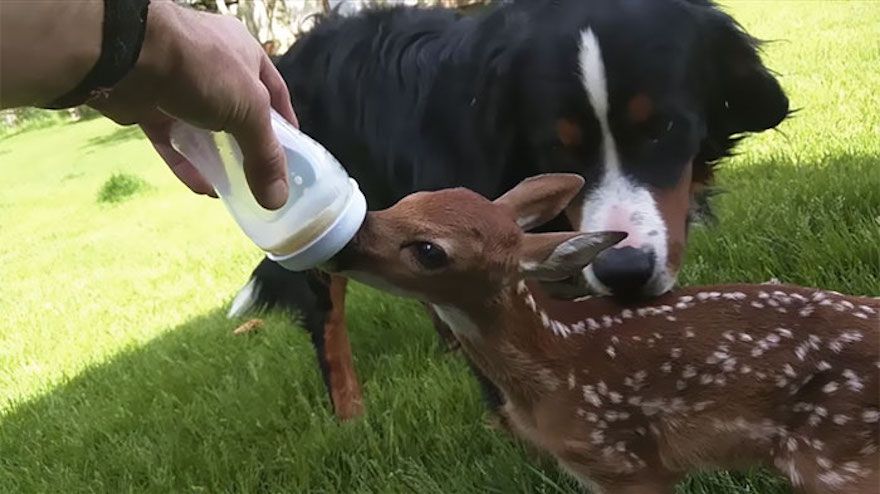 Also can test for failure of passive transfer by your veterinarian doing a total protein test. Transfuse all that fail.
Also can test for failure of passive transfer by your veterinarian doing a total protein test. Transfuse all that fail.
24-72 Hours
Pull fawns that you are going to bottle rear. Everyone pulls fawns for bottle rearing at different times. Do what has worked best for you in the past. Once fawns are 24 hours old or so, their gut ‘closes’ so that they probably won’t absorb any more antibodies from the doe, so that is a good time to pull them. Some people like to wait longer, but the longer you wait, the more difficult it is to start the fawn on the bottle. I personally like to wait till they are 24 to 48 hours old and pull them late afternoon/early evening and then try to feed them once before I go to bed. If they eat, fabulous, if not, they are hungry in the morning and usually take right off on the bottle.
For those of you who don’t want to bottle raise, some people are trying to ‘imprint’ their fawns to make them semi-tame. This is a technique that horse people have been using for years. Simply catch, hold, play, rub, pet the fawn early and as often as you can to imprint on it that humans are not all that bad, while letting mom do the feeding. Early reports are that the fawns are not as tame as bottle babies, but tame enough that they are happy with the results.
Simply catch, hold, play, rub, pet the fawn early and as often as you can to imprint on it that humans are not all that bad, while letting mom do the feeding. Early reports are that the fawns are not as tame as bottle babies, but tame enough that they are happy with the results.
Bottle Feeding
First week or so: 2 to 4 ounces five times a day. I feed at 6 a.m., 10 a.m., 2 p.m., 6 p.m. and 10pm to 11 pm. You can feed more often and smaller amounts, but you should try to feed 10% to 20% of the fawn’s body weight per day in milk. So if your fawn weighs 6 lbs (96 oz), then 10% is about 10 oz., 20% is 20 oz., etc. This allows the fawns to grow at the rate you want.
If using a formula designed for fawns or goat milk replacer, the fawns should not scour using these guidelines. Fawns do not scour generally from feeding (with the right formula), they scour from disease (E. coli, Salmonella, rota or corona virus, Clostridium, coccidiosis, etc). If properly cared for and clean equipment used, you should not have scour problems. If you do, then something is wrong and you need to adjust accordingly.
If you do, then something is wrong and you need to adjust accordingly.
I often encourage using milk replacer. Use one that is formulated for fawns and mix according to the directions. If you have problems, you should analyze your water as it may have bacteria or mineral content that is causing the problem. If you do feed goat milk, make sure your source doesn’t have Johne’s Disease, Caseous Lymphadenitis or other diseases and has your same TB status. I know people that have successfully raised fawns on lamb milk replacer, whole cow’s milk and other formulas. If it ain’t broke, don’t fix it, but if you look at all the data, fawns should and usually do better on species specific milk due to the fat and protein and sugar content being most similar to the doe.
Fawns will need to be stimulated to defecate and urinate for the first few weeks. I generally recommend you use rubber gloves and baby wipes and stimulate while feeding. This is what the doe does and usually you can perfect the technique so you can catch and do not have much ‘wiping’. You may want to change gloves between fawns so that you don’t spread any potential diseases from fawn to fawn.
You may want to change gloves between fawns so that you don’t spread any potential diseases from fawn to fawn.
I usually recommend decreasing the number of feedings every 10 days or so by one. So at 10 days, drop to four feedings per day (6 am, 12 pm, 6 pm and 10-11 pm) and all they can eat. I know this is heresy and most people calculate things out to the ounce, but about 20 percent of body weight is all they can consume, and I have not had any problems. Once again, if you are doing something that works, don’t change. I’m lazy and want my fawns to grow as fast as they can.
Generally with this schedule, feed three times per day around 20 days (6-7 am, 2-3 pm and 10-11 pm), twice a day at 30 days of age (6-7 am and 6-7 pm), and once a day at 40-50 days. You can wean them as soon as you think they are consuming enough dry feed and greens or you get tired of feeding them. I have several producers that feed three times a day from the start and don’t have any problems. I’m probably going to try that this year due to my ‘free’ help starting to disappear.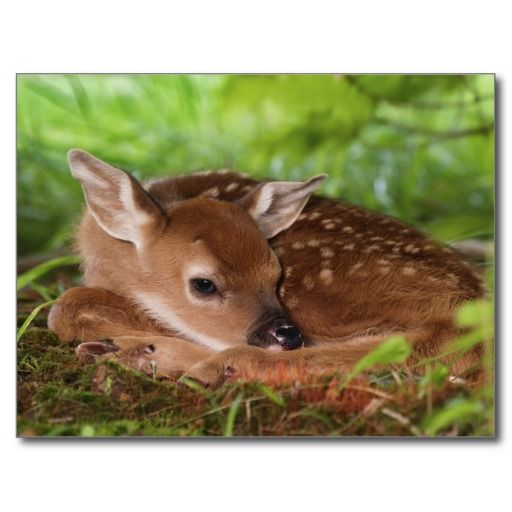 I may even be so bold as to go to twice a day after the first 3-5 days due to the fact that while doing some research, I found a couple of articles on normal (non-captive) deer feeding behavior and it indicated nursing activity of 2-3 times per day. I will let you know how that turns out
I may even be so bold as to go to twice a day after the first 3-5 days due to the fact that while doing some research, I found a couple of articles on normal (non-captive) deer feeding behavior and it indicated nursing activity of 2-3 times per day. I will let you know how that turns out
Offer fresh, clean water everyday in a small bowl. Also offer small amounts of “creep” feed or your regular deer ration. Keep it fresh and clean by cleaning the bowls daily and offering new feed. I generally recommend a 18% ration for fawns, but if you are successfully feeding 20%, that’s fine. I also hand feed select ‘greens’ — hand-picked alfalfa, clover, dandelions, etc. — to the fawns every day for them to nibble on. You can also use very good quality alfalfa or other legume hay, but I think that they eat the fresh stuff better. Some people offer ‘clean’ dirt in a bowl from birth on. The theory is they get some nutrients from the dirt to help them and their intestinal tract function better. I know many people who do and don’t do this and they all get along fine.
I keep fawns in separate pens and isolated from other fawns for several reasons. They will ‘bond’ better to humans (may want to get them used to multiple people) if kept separate and it greatly decreases the chance of spreading disease between the fawns. Think like a dairy farmer raising calves in calf hutches. I generally mix the fawns in small groups depending on numbers and fawn growth and conditions at 3 to 6 weeks (or more). If they start to nurse/suck on each other (ears/tail/navel) then I either take them apart or spray vinegar or Chew Guard or Bitter Apple or Bitter Orange on the fawn part they are sucking on. The latter two products can be obtained from your veterinarian or catalog source.
Fawns could be weaned as early as 60 days or so following these guidelines, but it is usually best to base weaning on feed consumption and body condition. Bottle feeding is time consuming and milk replacer costs lots of money. You will have to use your best judgment and do what fits your situation best. Many people like to feed longer to keep the babies tame and used to humans. Some just like to feed the babies (so do I, but it does get old after a while!).
Many people like to feed longer to keep the babies tame and used to humans. Some just like to feed the babies (so do I, but it does get old after a while!).
Pens should be on dirt (if possible) or the new raised decks may work well (I haven’t tried them). The dirt should be covered with two to four inches or so of crushed limestone and then have shavings (or straw) on top. I think shavings work better and I am fond of cedar chips as I think they tend to keep flies away a little better plus I like their smell. Pine shavings or chips are fine but try to get kiln dried (cleaner with fewer bacteria in them) and try to stay away from sawdust on the really small fawns (gets in their eyes). I usually sprinkle some barn lime in every once in a while or when changing the shavings/straw as this changes the pH and tends to keep the bacteria down and the area ‘sweet. Especially as the fawns grow and start urinating enough to keep it wet. Make sure that you have good ventilation so the there is air circulating, but no drafts. This will also help keep the area dry.
This will also help keep the area dry.
Helpful Products
Some products that are commonly used that you may want to obtain prior to fawning are:
- First Catch Fawn and First Fawn milk supplement from Labelle Inc.
- Milk Replacer: Fawn specific such as Superior, Zoologic, Fox Valley, etc.
- Goat milk replacer: Several companies provide this, but if it is inexpensive, it’s probably not any good. Some cheap milk replacers are made from non-milk products and are less digestible. You generally get what you pay, so don’t buy the cheap stuff. Purina, Land-O-Lakes, ADM etc. are usually good sources. There may be others, but read the label. If in doubt, check with your veterinarian or nutritionist. If you are using a product that has a lamb/kid label, mix at the kid rates usually.
- Pritchard nipples: Fawns generally take off on these better than others. They are available from a variety of sources. If in doubt, check Nasco.
- Ear tags: Some states require a special ID.
 I also like to use the sheep/goat tags so they are double ID’ed.
I also like to use the sheep/goat tags so they are double ID’ed. - Needles, syringes, medications.
- Disinfectant for bottles, navel cord
- Fawn cradle
- Fawn masks
- Put everything that you need in a “tote” or tool box for easy use
- Record book: the shortest pencil is better than the longest memory!
I hope some of these suggestions help you have a successful and fun fawning season. By the way, I’m not endorsing any of these products, just using names that I am familiar with and have worked for me. If you are using other products or there are other products out there that work for you, by all means, use them. I’m not getting a kickback from anyone!
| Just a few helpful tid bits (this information can also be found in the PDF's above. Bottle Feeding Schedule Note * You may tweak this schedule ~ this is simply the schedule that I am using for my bottle babies.
Day 1-3 ~ 1-3 oz every 3-4 hours (force feeding as necessary) Day 4-7 ~ 4 oz every 3-4 hours Week 2 ~ 6 oz every 3-4 hours Week 3 ~ 8 oz every 4 hours Week 4 ~ 8 oz every 4 hours Week 5 ~ 10 oz every 5 hours Week 6 ~ 12 oz 3 times per day Week 7 ~ 14 oz 2 times per day Week 8 ~ 16 oz 2 times per day Week 9-12 ~ 18 oz once per day Wean shortly thereafter
The earliest you should wean is at 8 weeks.
*Note ~ when the fawn is a newborn, and trying to learn to drink from a bottle ... you may only get one or two ounces in it per feeding. During this time you will need to follow the schedule above - as well as throughout the night (every 3-4 hrs at night). Once the fawn is drinking by itself - and is up to 3 oz, it can go through the night without a bottle. When this happens - you can do your last feeding late at night (like no earlier than 10pm) and then early in the morning (approx 7-8 hrs later after the last night feeding). FORCE FEEDING ~ When a fawn is "pulled" from it's mother, or orphaned/rejected . The best way I can explain how to do this - is from my own experience ... When I force feed a fawn or goat kid ~ Here's how I do it : Take the fawn/kid in your lap and "wrap" your right (or left) arm over top of it's back and up under it's chin. Next take your hand that's under the fawn's/kid's chin (while holding the bottle in your opposite hand) And open it's mouth with your fingers. Plop the bottle nipple in it's mouth. HOLD the nipple in it's mouth by wrapping your hand (the hand that you used to open it's mouth) around the nipple and the fawn's/kid's mouth opening. Then you want to hold it there and gently squeeze the mouth on the nipple in a "nursing" motion ~ squeeze, release, squeeze, release. This will make milk flow from the nipple, as well as help teach the fawn/kid how to suck it. TIPS (to help the fawn to accept the bottle) ~ Here's a few tips to encourage the fawn to accept a bottle :
1. Stroke the fawn's throat (you may need a helper to do this while you're hands are full) in a downward motion to assist the fawn to swallow the milk. 2. 3. You can add a little (approx a Teaspoon) of plain or strawberry flavored yogurt to the bottle to give it a sweet taste. 4. Smudge a little bit of Black Strap Molasses on the nipple and let it dry a little. Don't "CAKE" it on .. you just want a thin layer. This will give the nipple a tangy sweet taste.
The best advice I can give is that you are loving, gentle and have patience and eventually the fawn will learn. Thank God I have never had this problem ~ but it does happen. Good Luck !
STIMULATION ~ You must wipe the fawn's "behind" with a damp cloth or baby wipes to stimulate them to defecate and urination. Do this at each feeding until the fawn is "going" on it's own without being wiped. DIRT ~ You must offer black dirt in a dish (fresh every 3 days) from day one until weaned/released. YOGURT ~ Plain or Strawberry flavored yogurt can be added to the fawn's bottle for prevention/treatment of scours (diarrhea).
TIP ~ Yogurt added to the bottle can also be used to help a newborn (force fed) fawn accept it's bottle.
Whole Wheat Bread ~ bread is good for the fawn's digestive system.
GREENS ~ Give the fawn a handful of alfalfa and/or green clovers each day. |
PECULIARITIES OF FEEDING OF ANIMALS FEEDING OF ANIMALS IN ERCLOSUSES
Kozlov V.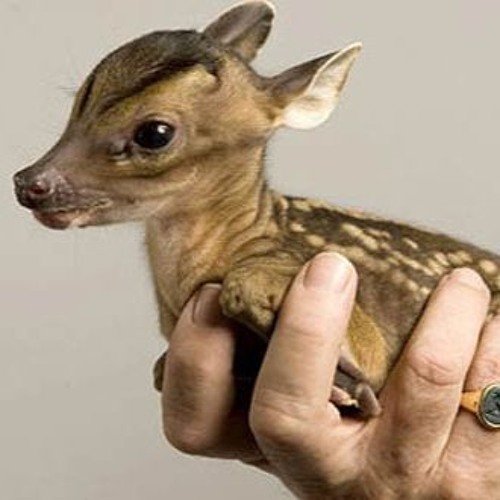 M. 1 , Ovechkina N.N. 2
M. 1 , Ovechkina N.N. 2
1 Doctor of Biological Sciences, Professor, 2 graduate student, Vyatka State Agricultural Academy
Features of ungulates (cervus elaphus L., Dama DA DA DA Ma 9000 SUS SCROFA L .) IN THE CONDITIONS OF CONTAINING.
Annotation
The diet of deer and fallow deer in the enclosure includes: natural branch and herbaceous food, plants on sown pastures, sown crops (oats, peas, winter rye), hay, a mixture of cereals, silage feed, mineral supplements. Of natural winter foods, deer and European fallow deer prefer (in descending order) willow, mountain ash, bird cherry, deer, in addition to this, they eat birch branches. Animals did not eat alder. It is necessary to sow about 1 ha of fodder fields per 1 individual. Optimal mix composition: 30% perennial ryegrass, 20% timothy grass, 20% meadow fescue, 10% red clover, 10% hybrid clover (pink), 10% meadow grass.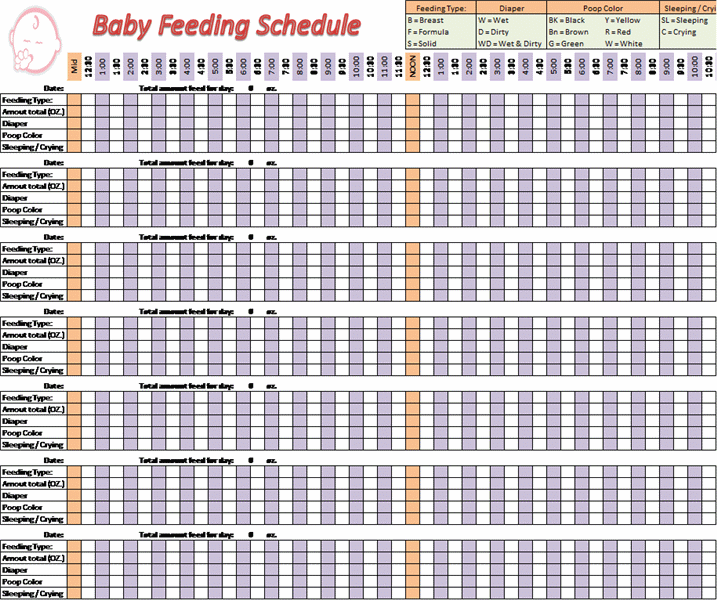 This mixture is resistant to trampling and grows well. It has been established that it is better to give hay at the rate of 1 kg per individual per day in rolls or scatter it over the snow. This is necessary to keep it hydrated. Dry hay leads to illness and death of animals. The daily norm of grain feed was 1.6 kg in winter and 1.2 kg per head in summer. The grain mixture should be dominated by oats or corn, but not wheat. Deer better use salt in the form of lumps, rather than in the form of briquettes. Wild boars in the enclosure do not have enough food even in summer. They need year-round feeding with grain at the rate of 2.2 kg per head. To save feed, the grain should be crushed or flattened. Under these feeding conditions, the animals in the aviary do not get sick and multiply well. The purpose of the study is to study the experience of feeding and keeping deer, fallow deer and wild boar in order to develop recommendations on these issues.
This mixture is resistant to trampling and grows well. It has been established that it is better to give hay at the rate of 1 kg per individual per day in rolls or scatter it over the snow. This is necessary to keep it hydrated. Dry hay leads to illness and death of animals. The daily norm of grain feed was 1.6 kg in winter and 1.2 kg per head in summer. The grain mixture should be dominated by oats or corn, but not wheat. Deer better use salt in the form of lumps, rather than in the form of briquettes. Wild boars in the enclosure do not have enough food even in summer. They need year-round feeding with grain at the rate of 2.2 kg per head. To save feed, the grain should be crushed or flattened. Under these feeding conditions, the animals in the aviary do not get sick and multiply well. The purpose of the study is to study the experience of feeding and keeping deer, fallow deer and wild boar in order to develop recommendations on these issues.
Key words: feeding deer, fallow deer, aviary breeding.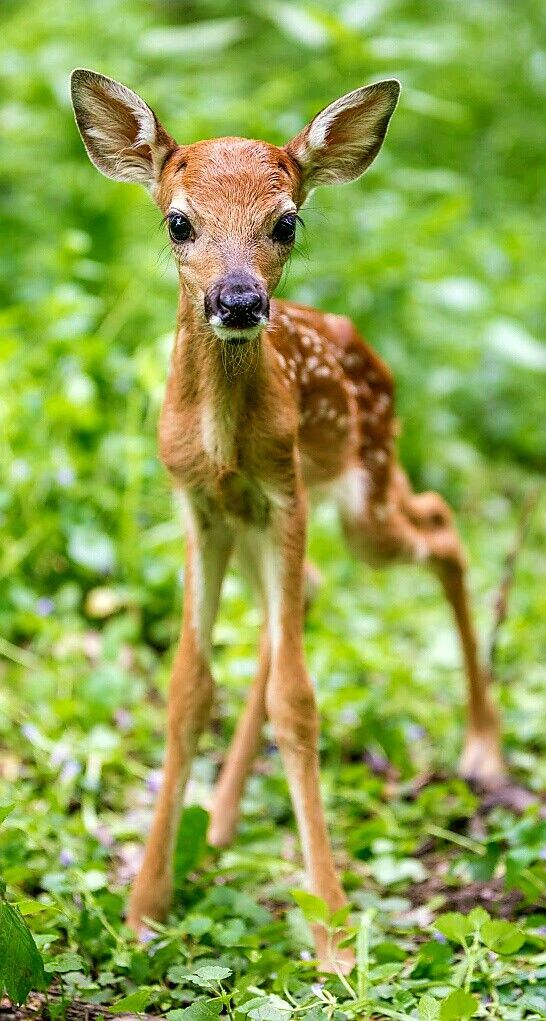
Kozlov V . M. 1 , Ovechkina N . N. 2
1 PhD in Biology, Professor, 2 Postgraduate, Vyatka State Agrikultural Akademi
PECULIARITIES OF FEEDING OF ANIMALS FEEDING OF ANIMALS IN ERCLOSUSES
Abstract
The diet of deer and fallow deer in the enclosures includes: natural twig and herbaceous forage plants on seeded pastures seeded crops (oats, peas, winter rye), hay, silage, grain feed mixture, mineral feeding. Because of the natural winter feed red deer and European fallow deer prefer (in descending order) willow, rowan, bird cherry, red deer, in addition to this, eats birch branches. On 1 specimen is necessary to sow about 1 ha of fodder fields. Optimum composition grass mixture 30% - perennial ryegrass 20% - timothy, 20% - meadow fescue, 10% - red clover (red), 10% - Hybrid clover (pink), 10% - Kentucky bluegrass. It is found that the hay per 1 kg per animal per day is better to give rolls or spread it over the snow. This is necessary for its moisture. Dry hay leading to disease and death of the animals. Daily amount of feed grain was 1.6 kg in winter, in the summer - 1.2 kg per head. The grain mixture should prevail oats or corn, but wheat. Deer better use salt in the form of lumps and not in the form of briquettes. Boars in volre do not have enough food even in the summer. They need a year-round feeding of grain at the rate of 2.2 kg per head. Under these conditions, feeding the animals in the cage do not get sick and breed well.
It is found that the hay per 1 kg per animal per day is better to give rolls or spread it over the snow. This is necessary for its moisture. Dry hay leading to disease and death of the animals. Daily amount of feed grain was 1.6 kg in winter, in the summer - 1.2 kg per head. The grain mixture should prevail oats or corn, but wheat. Deer better use salt in the form of lumps and not in the form of briquettes. Boars in volre do not have enough food even in the summer. They need a year-round feeding of grain at the rate of 2.2 kg per head. Under these conditions, feeding the animals in the cage do not get sick and breed well.
Keywords: feeding deer, fallow deer, wild boar, captive breeding.
Feeding animals in an enclosure is essential to the return on investment. Their health depends on how animals eat, in what form and with what frequency feed is supplied. The productivity of animals kept in an aviary mainly depends on the quantity and quality of food [1]. At present, the practice of feeding wild animals in an aviary has not been sufficiently studied, so far it is impossible to set zootechnical experiments used for farm animals. Therefore, in order to improve the feeding of captive animals, it is necessary to study the existing experience of farms, analyze it and eliminate the identified shortcomings.
Material and method . Features of feeding animals were studied in the aviary complex of the Legion farm, which is located in the Tver region of the Oleninsky district. The location of the enclosure was chosen in accordance with the characteristics of the biology and ecology of the animals being bred. It includes both a forest area and open stations. To date, the 298-hectare enclosure is home to deer (Cervus elaphus L.) and European fallow deer (Dama dama L.), totaling 120 animals. Of these, 80 deer, 40 fallow deer. A separate enclosure of 12 hectares contains 45 wild boar (Sus scrofa L.). The quarantine enclosure has an area of 10 hectares.
Accounting for the food base of marals was carried out in the second year of keeping animals, in April, when the period of feeding on tree-branch fodder ends. Trial plots 25x25 meters in size were laid, on which woody plants were counted by species, the degree of their damage, the number of eaters, skuses [6]. A total of 4 sites were laid. The study of the fallow deer nutrition was also carried out on trial sites after the first year of keeping. In addition, the method of direct observation of the feeding of animals was used, and the features of eating various feeds were recorded.
Discussion of results . Marals were brought from the Republic of Altai, the food base there undoubtedly differed from the local one. Reindeer were brought in in winter, fed mainly with a grain mixture (oats, wheat), hay, and silage. In summer, fodder fields were sown from oats, peas, grass mixtures, but deer gave preference to grain. They did not adapt to local natural food as quickly as the European fallow deer brought from Lithuania. On the sites in the enclosure, the growth of 5 species of woody plants was noted, of which mountain ash (Sorbus aucuparia L.), birch (Betula) and gray alder (Alnus incana) prevailed in the ratio of 35.5%, 20.2% and 44.3%, respectively , there was a willow (Salix) in the undergrowth. Mountain ash and willow accounted for the highest number of tree damage (35.8% and 44%, respectively). Bird cherry (Prunus padus) and birch had the least damage (8.2% and 12% of the total number of damaged trees). Thus, marals selectively ate willow and mountain ash, not using alder at all. Preference was given to willow, which was not much in the aviary.
On the sites in the enclosure, the growth of 5 species of woody plants was noted, of which mountain ash (Sorbus aucuparia L.), birch (Betula) and gray alder (Alnus incana) prevailed in the ratio of 35.5%, 20.2% and 44.3%, respectively , there was a willow (Salix) in the undergrowth. Mountain ash and willow accounted for the highest number of tree damage (35.8% and 44%, respectively). Bird cherry (Prunus padus) and birch had the least damage (8.2% and 12% of the total number of damaged trees). Thus, marals selectively ate willow and mountain ash, not using alder at all. Preference was given to willow, which was not much in the aviary.
Accounting for the natural food supply of fallow deer when kept in a quarantine enclosure with an area of 12 hectares, showed that out of 8 tree and shrub species, willow (80%), mountain ash (7%), bird cherry (2%), alder (10%) prevailed and birch (12%). The fallow deer gave preference to willow (60.7% of eaten), mountain ash (28.3%) and bird cherry (11%). Spruce gnawing was also noted. Alder was not used at all.
Spruce gnawing was also noted. Alder was not used at all.
Of the advantages of natural tree-branch forages, it is necessary to note their high moisture content (40-50%), but they are poor in protein and do not have sufficient calorie content. When each animal eats 3-5 kg of shoots per day, the natural food base in the enclosure is quickly depleted. In order to ensure the longevity of the natural food base for deer and fallow deer and increase its productivity, the following measures are necessary:
- rejuvenation of undergrowth and undergrowth, thinning of infested willow forests;
- monitoring of the stock of natural forage in order to maintain a stable forage capacity of reindeer pastures and further apply measures to preserve and improve the existing forage base.
Today the diet of deer and fallow deer on the farm includes:
- Natural branch food: mountain ash (Sorbus aucuparia), aspen (Populus tremula), willow (Salix), bird cherry (Prunus padus), birch (Betula).
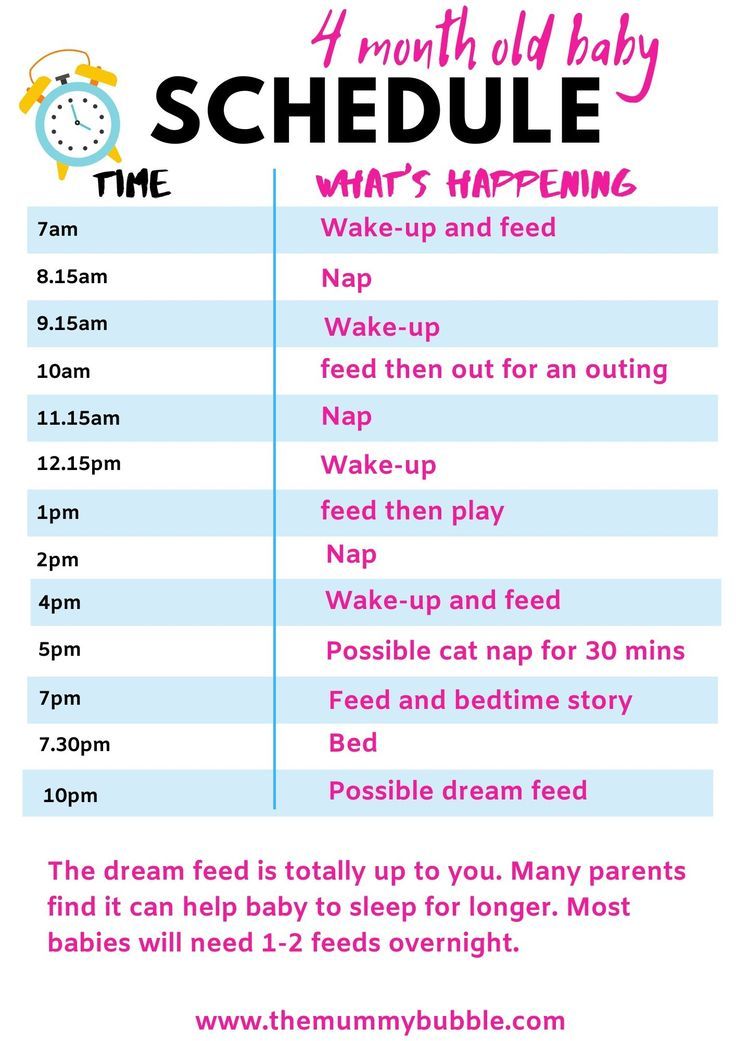
- Natural herbaceous plants: couch grass (Elytrigia repens), bluegrass meadow (Poa pratensis), spring grass (Maianthemum bifolium), fireweed (Chamaenerion angustifolium), etc.
- Pasture herbaceous plants on sown pastures: pink clover (Trifolium hybridum), meadow fescue (Festuca pratensis), perennial ryegrass (Lolium perenne), meadow timothy (Phleum pratense), meadow grass (Poa pratensis).
- Annual fodder crops (oats).
- Grain mix (wheat, oats, corn).
- Mineral and salt dressing (lick salt).
- Hay, haylage, silage (harvested in sowing hayfields and fodder fields).
In 2014 pastures were sown with grass mixtures of perennial grasses and oats. The area of pastures was 75 hectares, of which 25 hectares are annually resown with a mixture of oats and peas with oversowing of grass mixtures from perennial grasses. Thus, a pasture conveyor was created: the grass mixture of the first year occupies 25 hectares, the grass mixture of the second year - 25 hectares, the third year - 25 hectares.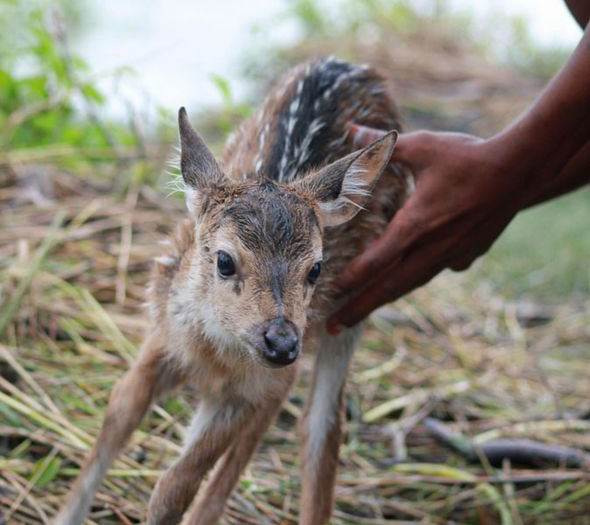 Consequently, almost 1 ha of sown pastures falls on one maral. Such pressure does not lead to excessive depletion of pastures. In deer farms, a population density of 1 deer per 1 ha of total area is recommended.
Consequently, almost 1 ha of sown pastures falls on one maral. Such pressure does not lead to excessive depletion of pastures. In deer farms, a population density of 1 deer per 1 ha of total area is recommended.
Our observations show that at high population density ungulates have a strong influence on the condition of plants. Plants can be heavily trampled, forming gaps in the fields. When creating fodder agrocenoses, it is necessary to include in their composition such species and groups of species that are able to provide the entire livestock of animals with highly nutritious feed throughout the entire growing season. Therefore, in the case of long-term hay and pasture use of the created fields, it is necessary to take into account some properties of fodder plants: life expectancy, seasonal development rate, ability to grow back after mowing, and trampling resistance. Timothy meadow, meadow bluegrass and clover (pink) hybrid cope with this task. Perennial ryegrass is also hardy to trampling, but in the conditions of the Tver region it grows poorly.
Hayfields for haymaking (the area was 75 ha) are sown with a mixture of seeds of perennial grasses. The composition of the mixture: 30% - perennial ryegrass, 20% - meadow timothy, 20% - meadow fescue, 10% - meadow clover (red), 10% - hybrid clover (pink), 10% - meadow bluegrass. These plant species have shown good resistance to trampling and good regeneration. The experience of planting Jerusalem artichoke was unsuccessful. As soon as he ascended, the deer ate the stems, the plants did not recover.
Fields for haylage and silage (the area was 60 ha) are sown with grass mixtures of perennial grasses and pink clover. In total, 50 rolls of hay are harvested, i.e. 25 tons for 210 days, more than 1 kg per reindeer per day. It is brought to the animals as they are eaten, usually once a week. Hay on the farm is offered to animals all year round, but is the main food only in winter, when the temperature drops to minus 10 about C. The experience of the Legion farm has shown that ungulates do not need nursery-type feeders with a roof that are widespread on farms.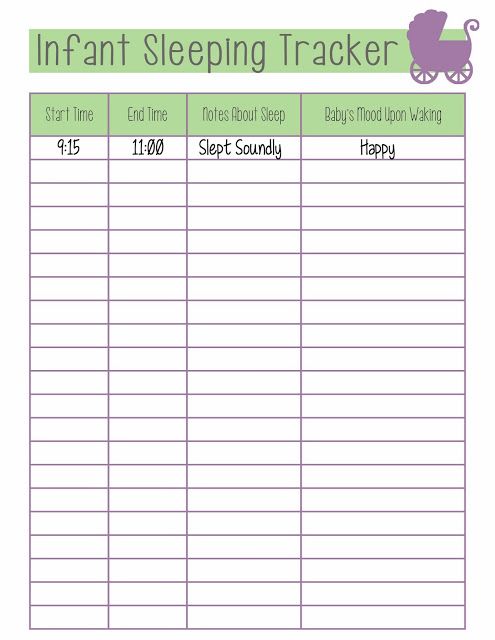 Hay in them is poorly eaten, it is too dry. Research by A.A. Danilkina [2,4] showed that eating dry hay leads to inflammation of the gastrointestinal tract and even death of animals. It is much better to serve hay in bales, the animals eat it completely. The males are the first to approach, scatter it with their horns, the hay is moistened on the snow. Then females and young animals come, eating moistened hay. If hay was supplied under a shed during this period, it was eaten badly, because the animals sleep on it, pollute it with droppings, and then stop eating. Therefore, after a few days, the hay has to be harvested.
Hay in them is poorly eaten, it is too dry. Research by A.A. Danilkina [2,4] showed that eating dry hay leads to inflammation of the gastrointestinal tract and even death of animals. It is much better to serve hay in bales, the animals eat it completely. The males are the first to approach, scatter it with their horns, the hay is moistened on the snow. Then females and young animals come, eating moistened hay. If hay was supplied under a shed during this period, it was eaten badly, because the animals sleep on it, pollute it with droppings, and then stop eating. Therefore, after a few days, the hay has to be harvested.
Haylage and silage are succulent foods that are essential for ungulates but freeze easily. Ensiling is an indispensable way of harvesting fodder. In hay, even under good harvesting conditions, 40-45% of the nutrients contained in the green mass are lost, and with proper ensiling, losses do not exceed 10%. Haylage occupies an intermediate position between hay and silage. The haylage harvesting technology is the same as for silage, but the humidity of the laid mass should be on average 45-50% [5]. Therefore, they should be offered to animals at a temperature not lower than -10 o C. Silage is laid out under a canopy for animals on a special platform. Deer eat 0.4 kg of silage per day. Our observations showed that most of the silage is eaten by males, females go to the silage and scatter it, but do not eat it.
The haylage harvesting technology is the same as for silage, but the humidity of the laid mass should be on average 45-50% [5]. Therefore, they should be offered to animals at a temperature not lower than -10 o C. Silage is laid out under a canopy for animals on a special platform. Deer eat 0.4 kg of silage per day. Our observations showed that most of the silage is eaten by males, females go to the silage and scatter it, but do not eat it.
Grain is fed into the feeders in bulk every day in the morning. At the same time, different types of grain are mixed. The amount of grain mixture for 120 individuals and its composition are shown in Table 1.
Table 1 - The amount of grain mixture in winter and summer periods, kg
| Winter (210 days) | Summer (155 days) | ||||
| Grain | Grain consumption per day, kg | Grain mixtures for 1 head per day, kg | Grain | Grain consumption per day, kg | Grain mixtures for 1 head per day, kg |
| Oats | 96 | 0.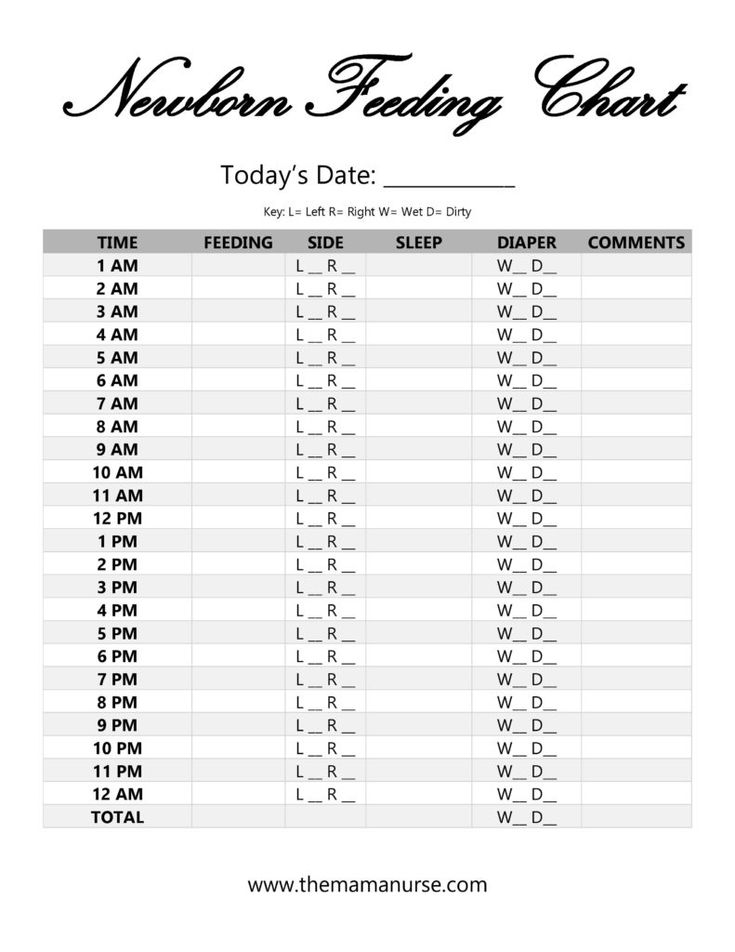 8 8 | Oats | 72 | 0.6 |
| Corn | 60 | 0.5 | Corn | 30 | 0.25 |
| Wheat | 30 | 0.25 | Wheat | 12 | 0.1 |
| Total | 186 | 1.55 | Total: | 114 | 0.95 |
The table shows that deer and fallow deer eat on average 1.55 kg of grain per day in winter and 0.95 kg in summer. The duration of the winter feeding regime is taken as 210 days, the summer - 155 days. In total, grain provides 1.75 feed units or 17.74 MJ of metabolizable energy in winter and 1.27 feed units or 12.10 MJ in summer. During the winter, 39 tons of grain are consumed, during the summer - 17.67 tons.
The experience of feeding deer with grain showed that the use of a large amount of wheat in grain mixtures leads to bloating.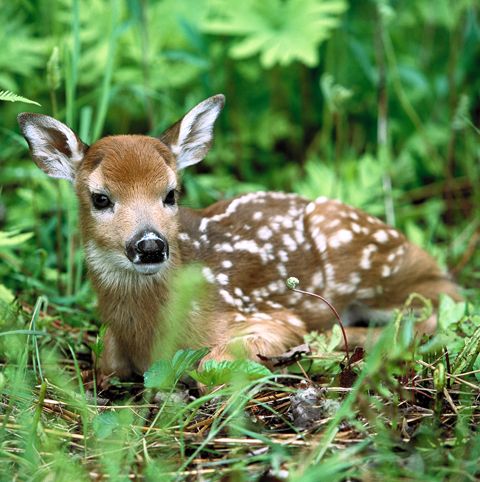 This does not happen if the mixture is dominated by oats or corn. Animals eat corn first. The optimal ratio turned out to be: 60 - 65% oats, 5-10% wheat, 25-30% corn. It must be borne in mind that the grain must be given either crushed or flattened, because. it is better absorbed and can be used less.
This does not happen if the mixture is dominated by oats or corn. Animals eat corn first. The optimal ratio turned out to be: 60 - 65% oats, 5-10% wheat, 25-30% corn. It must be borne in mind that the grain must be given either crushed or flattened, because. it is better absorbed and can be used less.
Deer begin to eat woody, mainly twig food, more regularly in large quantities in autumn, from October-November. In winter, the proportion of tree food increases and reaches its maximum in March [5]. On average, marals eat 9.0 kg of branch food per day.
Animals must be given lick salt. Our experience has shown that salt in the form of a salt block, which is cut from blocks of natural rock salt, is eaten by animals better than KNZ salt (animals practically do not touch it), which is currently widespread in the markets.
Wild boar is an omnivorous animal, which largely ensures the survival of the species even in extreme conditions. He prefers moist, concentrated, protein-rich food [3]. The area of the enclosure for wild boars is 10 hectares. Feeding a wild boar in the Legion farm does not cause any difficulties. Its natural food in the spring-summer period is green seedlings, grass, young rhizomes. But in the aviary, these feeds are not enough. We need oat fields, plantings of Jerusalem artichoke. In total, one field of Jerusalem artichoke was sown - 0.5 ha and one field of oats - 6.0 ha. One wild boar has 0.13 ha of oat field. But Jerusalem artichoke is not yet eaten by a wild boar, which is due to the fact that the wild boar has not yet got used to it. The wild boar also needs concentrated feed (Table 2).
The area of the enclosure for wild boars is 10 hectares. Feeding a wild boar in the Legion farm does not cause any difficulties. Its natural food in the spring-summer period is green seedlings, grass, young rhizomes. But in the aviary, these feeds are not enough. We need oat fields, plantings of Jerusalem artichoke. In total, one field of Jerusalem artichoke was sown - 0.5 ha and one field of oats - 6.0 ha. One wild boar has 0.13 ha of oat field. But Jerusalem artichoke is not yet eaten by a wild boar, which is due to the fact that the wild boar has not yet got used to it. The wild boar also needs concentrated feed (Table 2).
Table 2 - Boar feeding in winter and summer, kg
| Winter (210 days) | Summer (155 days) | ||||
| Grain | Grain consumption per day, kg | Grain mixtures for 1 head per day, kg | Grain | Grain consumption per day, kg | Grain mixtures for 1 head per day, kg |
| Oats | 67.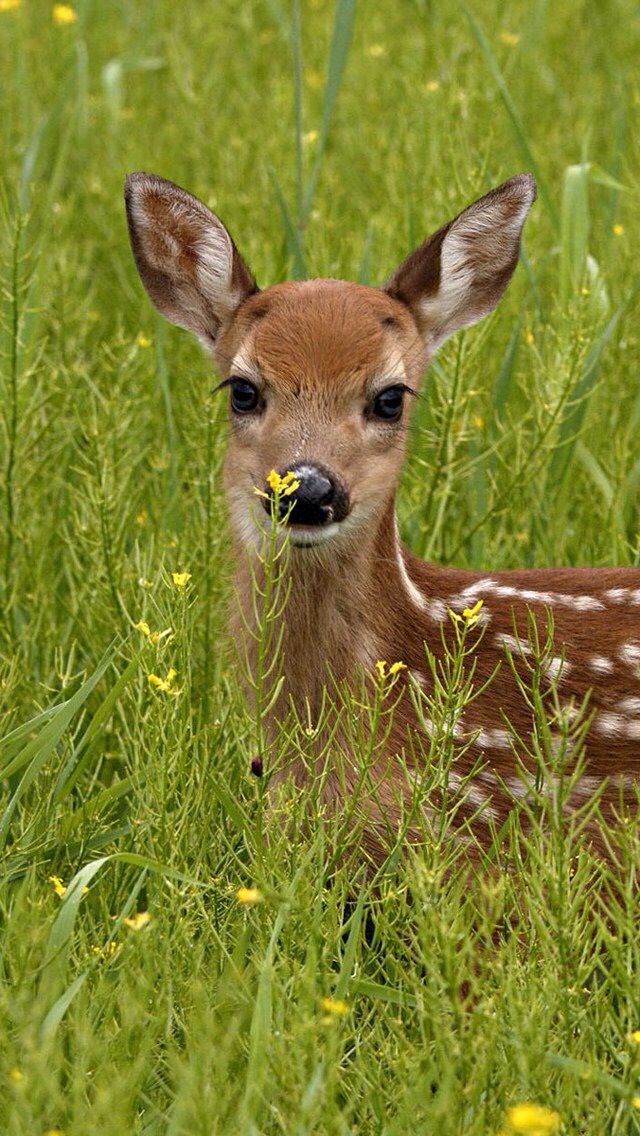 5 5 | 1.5 | Oats | 67.5 | 1.5 |
| Corn | 13.5 | 0.7 | Corn | 13.5 | 0.7 |
| Total: | 81 | 2.2 | Total: | 81 | 2.2 |
As can be seen from the data in Table 2, the wild boar in this enclosure in winter and summer is given the same amount of grain mixture, on average, 2.2 kg per head per day. This gives 2.28 feed units or 25.74 MJ of metabolizable energy. But the wild boar scatters the food from the feeders very strongly and tramples it into the ground, thereby increasing the cost of its maintenance. Therefore, the farm has acquired an automatic feeder, which scatters a dosed amount of feed at a certain time.
The experience of feeding a wild boar in natural conditions shows that in summer it is possible to reduce the feeding rate by 3 times, since there is a lot of natural food.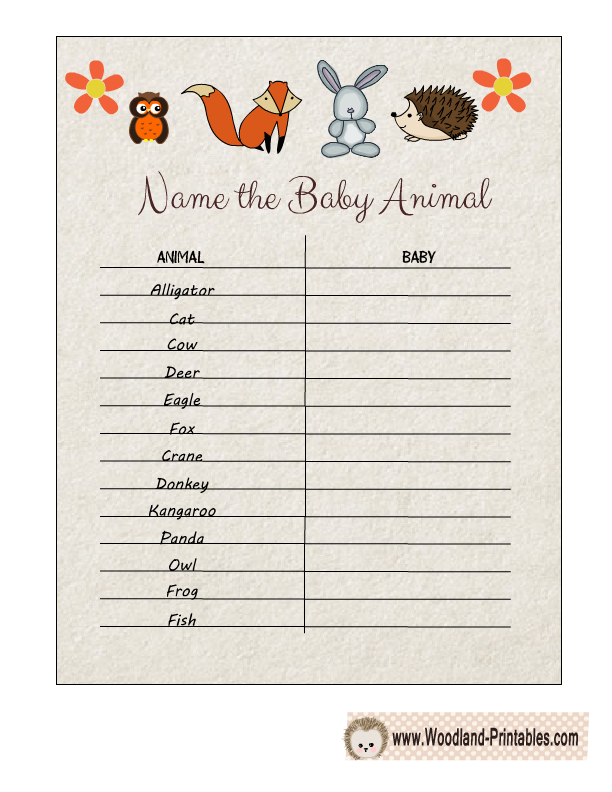 But in the conditions of an aviary with a high density of animals, natural food may not be enough in summer. Therefore, abundant feeding of wild boars in the summer is justified. In total, about 800 kg of grain is spent on feeding 45 wild boars during the year. Crushing grain will reduce its amount by about 1.5 times with the same nutritional value.
But in the conditions of an aviary with a high density of animals, natural food may not be enough in summer. Therefore, abundant feeding of wild boars in the summer is justified. In total, about 800 kg of grain is spent on feeding 45 wild boars during the year. Crushing grain will reduce its amount by about 1.5 times with the same nutritional value.
The described conditions for feeding and keeping animals in the enclosure ensure good health and successful reproduction of these species.
Conclusions
- Of the natural winter food, deer and fallow deer prefer willow (44% and 60.7%, respectively). In second place is mountain ash (35.8% and 28%, respectively), both species also use bird cherry (8 and 11%). Maral eats birch along with bird cherry, but doe does not eat it.
- If there is about 1 ha of sown pastures per maral, then such a load does not lead to excessive depletion of pastures. Good resistance to trampling and good renewability was shown by the following mixture composition: 30% - perennial ryegrass, 20% - meadow timothy grass, 20% - meadow fescue, 10% - meadow clover (red), 10% - hybrid clover (pink), 10% - meadow bluegrass.
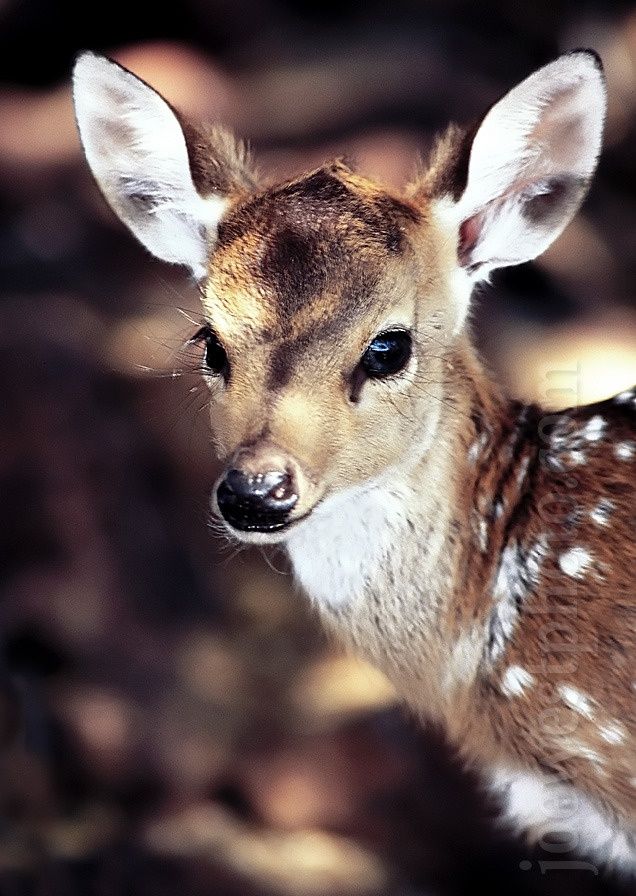
- About 1 kg of hay per bird is better given in rolls or scattered over the snow to moisten it than using nursery feeders.
- In the composition of the grain mixture, the ratio turned out to be optimal: 60 - 65% oats, 25-30% corn, 5-10% wheat. The predominance of wheat led to bloating. The daily norm of this feed was 1.6 kg in winter and 1.2 kg per head in summer.
- A wild boar in an enclosure requires year-round feeding with concentrated feed (oats or corn) in the amount of 2.2 kg per head per day, which provides 25.74 MJ of metabolizable energy.
Literature
- Alikserov A. Animals in enclosures. Aviary is a long-term project // “Hunting is a national hunting magazine. - No. 7/ 2012. From 24-26.
- Danilkin A.A. Farm hunting. M.: publishing house "Association of Scientific Publications of KMK", 2011, 132 p.
- Danilkin A.A. Wild ungulates in hunting (basics of resource management). M.: publishing house "GEOS", 2006.
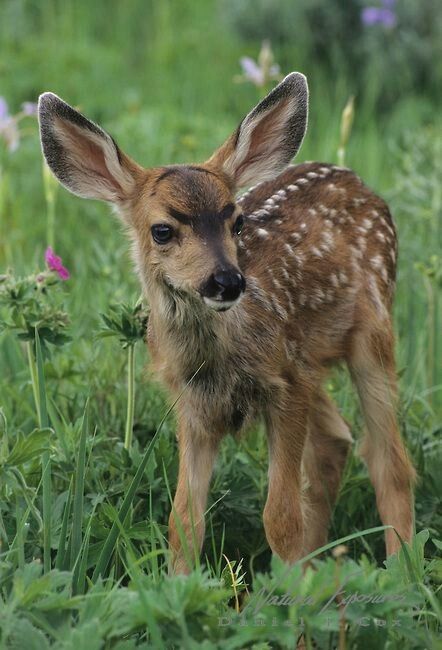 366 p.
366 p. - Danilkin A.A. Deer (Cervide) / A.A. Danilkin. – M.: GEOS, 1999. - 552 p.
- Lunitsyn V.G. Modern approaches and methods in feeding deer / RAAS, VNIIIPO. - Barnaul: ABC, - 226 p.
- Novikov G.A. Field research on the ecology of terrestrial vertebrates, - L.: Publishing House "Soviet Science", 1949. - 352 p.
References
- Alekserov A. the Animals in the cages. The aviary - long term project // "the Hunting - national hunting magazine. - No. 7/ 2012.
- Danilkin A. A. Farm hunting farm. M.: publishing house "Association of scientific publications KMK", 2011, 132 p.
- Danilkin A. A. Wild ungulates in the hunting economy (foundations of resource management). M.: publishing house "GEOS", 2006. 366 p.
- Danilkin A. A. Deer (Cervide) / A. A. Danilkin. - M.: GEOS, 1999. - 552 p
- Lunitsin V. G. Modern approaches and methods in feeding deer / RAAS, VNIIPO. - Barnaul: AZBUKA, 2013.
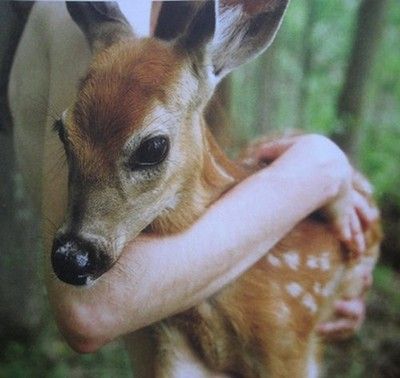 - 226 p.
- 226 p. - Novikov G. A. Field studies on ecology of terrestrial vertebrates, - L.: Publishing house "Soviet science", 1949. - 352 p.
Nursing of young ungulates. "I breastfeed a deer because it is like my own baby" Understand who is in front of you
For 5-6 months, antler deer are in a pasture that provides them with high-quality vitamin and cheap feed. During this period, antlers are cut down, calving takes place, young animals are grown, preparations are underway for the rut, the rut. All production indicators of reindeer breeding mainly depend on the quality and quantity of fodder reserves of the park. Proper use of pastures and proper care of them make it possible to fully provide the antler deer with the necessary feed.
In winter 90,398 antler deer are fed hay from seeded and wild herbs. The favorite hay of antler deer is from small-leaved forbs, harvested during the period of mass flowering.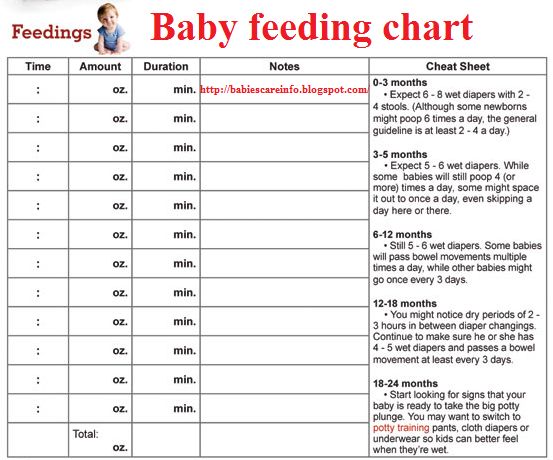 Straw is eaten by antler deer poorly, and therefore it is fed along with hay or in a flavored form. Branch food is eaten by antler deer willingly, especially branches of oak, linden, lispedecia, willow and other hardwoods. Branches of shrubs and deciduous trees 1-2 cm thick, harvested in June-July and dried in the shade, are also highly nutritious food. Silage from seeded and wild herbs is well eaten by antler deer in winter and spring. Antler deer eat root and tuber crops well, but they must be carefully cleaned from the remnants of the earth and fed in crushed form. Cake, grain feed and compound feed are given to deer only in crushed form, and bran is mixed with other feed or wetted. Mineral feeds (feed salt and chalk) are mixed with other feeds.
Straw is eaten by antler deer poorly, and therefore it is fed along with hay or in a flavored form. Branch food is eaten by antler deer willingly, especially branches of oak, linden, lispedecia, willow and other hardwoods. Branches of shrubs and deciduous trees 1-2 cm thick, harvested in June-July and dried in the shade, are also highly nutritious food. Silage from seeded and wild herbs is well eaten by antler deer in winter and spring. Antler deer eat root and tuber crops well, but they must be carefully cleaned from the remnants of the earth and fed in crushed form. Cake, grain feed and compound feed are given to deer only in crushed form, and bran is mixed with other feed or wetted. Mineral feeds (feed salt and chalk) are mixed with other feeds.
Feeding deer.
In October, deer are transferred from the pasture to winter keeping in winter roads. Here the herd is divided into sex and age groups, and each group, in turn, into subgroups, depending on the fatness of the deer.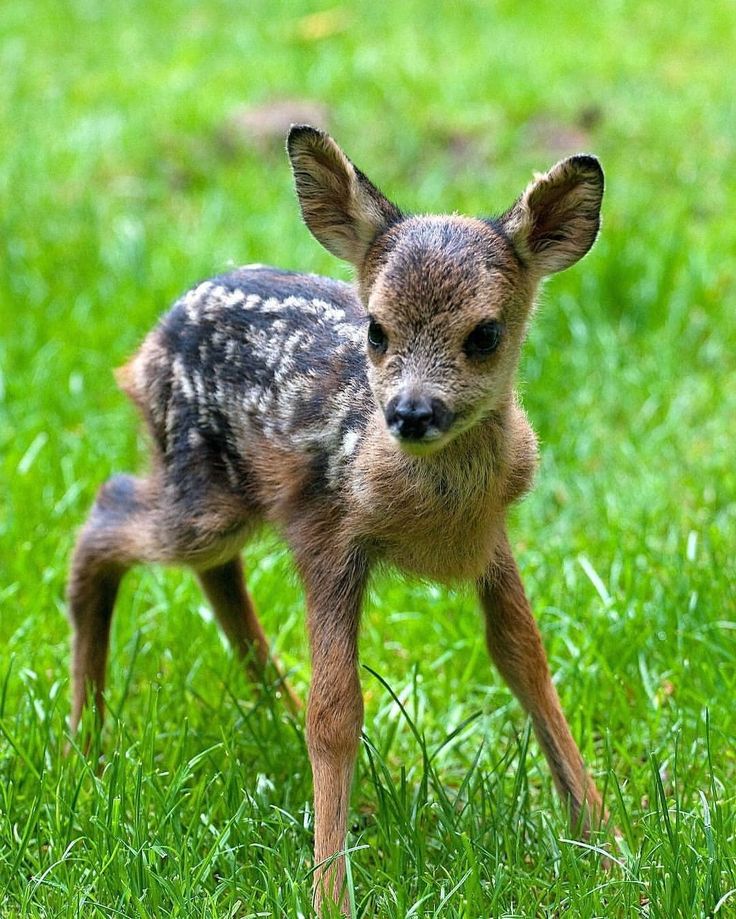
Daily Value feeding is established depending on fatness and taking into account biological cycles. For males, three feeding periods are established: the first period (August - September) - preparation for the rut and the rut, the males are on the best pastures and are additionally fed 1.5 kg of concentrated feed per head per day; the second period (October - December) - after the rut, the males are kept in winter houses and fed to them with 5–10 kg of coarse, 5–10 kg of succulent and 1 kg of concentrated feed; the third period (March - May) - the growth of antlers, males are fed 3-7 kg of coarse, 10-12 kg of succulent and 1-1.5 kg of concentrated feed per head per day.
For females establish two feeding periods: the first - the first half of pregnancy until February, they are fed 8 kg of coarse, 4 kg of succulent and 0.5 kg of concentrated feed per day per head; the second - the second half of pregnancy after February, females are fed 4–7 kg of coarse, 4–5 kg of succulent and 0. 5–1.5 kg of concentrated feed per head per day.
5–1.5 kg of concentrated feed per head per day.
Sika deer feeding.
In winter, spotted deer are divided into two groups: one group consists of males from 2.5 years and older and calves up to 1 year old, they are kept in reindeer herds; the second group - females and young animals older than 1 year, they are kept in parks. Livestock is placed in reindeer herds in December and the males are kept until the cutting of antlers and calves until May 15th. For males set three periods of feeding: the first period (August - October) - preparation for the rut, the rut, the males are on the pasture and additionally they are fed 1.5 kg of concentrated feed per head per day; the second period (November - December) - after the rut, males are fed 2-3 kg of coarse, 5-10 kg of succulent and 1 kg of concentrated feed; the third period (April - May) - the growth of antlers, males are fed 2-3 kg of coarse, 4 kg of succulent and 1.2 kg of concentrated feed per head per day.
For females establish two feeding periods: the first period - the first half of pregnancy until February, they are fed 2-3 kg of coarse, 4-5 kg of succulent and 0.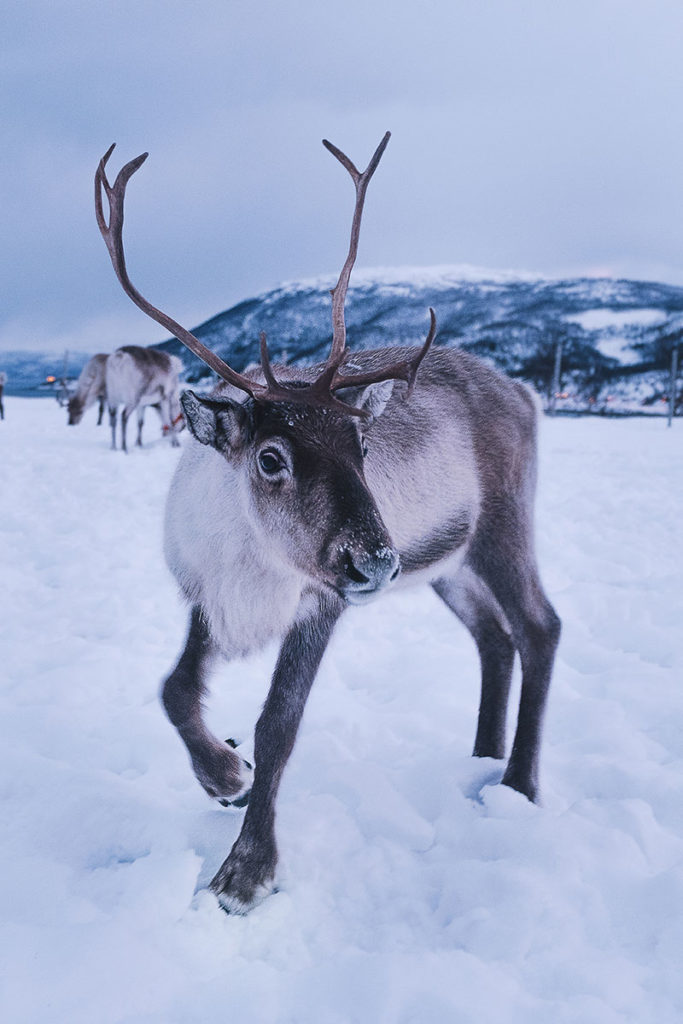 5 kg of concentrated feed per day per head; the second period - the second half of pregnancy after February, females are fed 1.5 kg of coarse, 2 kg of succulent and 0.6 kg of concentrated feed per day per head.
5 kg of concentrated feed per day per head; the second period - the second half of pregnancy after February, females are fed 1.5 kg of coarse, 2 kg of succulent and 0.6 kg of concentrated feed per day per head.
Hiding among plants and bushes is a normal behavior of roes and deer. With the onset of the season of wild plants, many reached into the forest for the gifts of nature - wild garlic and ferns. Whole squadrons of pickers plow burnt areas and open glades in search of tasty and healthy vegetation. But it happens that not wild plants become their trophy, ... but newborns found in the same glades.
The fact is that in May-June, young animals appear in ungulates. Usually female roe deer give birth to two cubs, rarely one or three, and for a week the roe deer stay where they were born, hiding in the grass.
Hiding among plants and bushes
Hiding among plants and bushes is a normal behavior of roe deer and fawns. Mother always walks somewhere nearby, she comes, guards them, feeds them.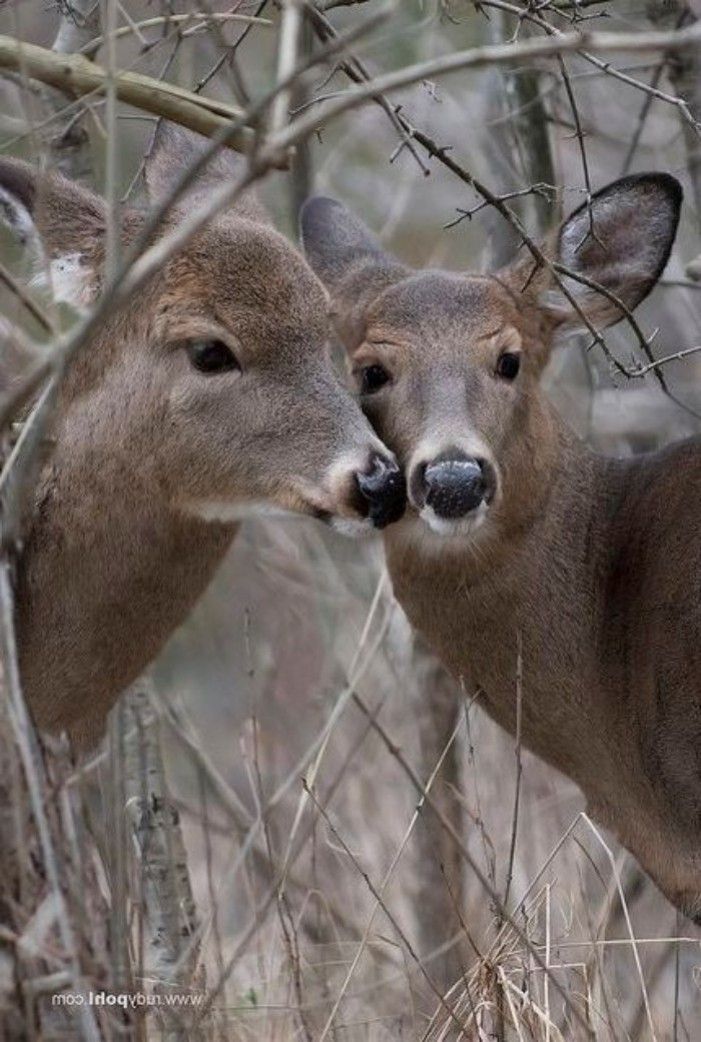 In the meantime, they are dependent, they hide, so they never need to be picked up, ”this is the unequivocal opinion of all zoologists and conservationists.
In the meantime, they are dependent, they hide, so they never need to be picked up, ”this is the unequivocal opinion of all zoologists and conservationists.
We repeat, no, it is not lost or abandoned, you just happened to see a hidden roe deer, and the mother looks at you anxiously from behind a bush. It is impossible to pick up and carry away the young animals from the found place, since the parents will most likely not find their cubs in the future.
You can't touch or pet an animal - your returned mother will smell your scent and her behavior towards her own child can be arbitrarily unpredictable.
For persuasiveness, we cite as an example an excerpt from the story of Viktor Korkishko, a well-known researcher of the Far Eastern taiga, about the “rescue” of roe deer and deer.
“.. A newborn baby almost immediately gets on his feet and is soon able to walk. But it is very risky to accompany the mother everywhere - there are too many who want to eat roe meat, starting with poachers, ending with predators and even stray dogs.
Therefore, the roe deer spends the first days of life alone. Mom feeds him at night, and for the day she goes to feed herself and, in case of danger, takes the enemy away from her child. This continues for several weeks, until the roe deer becomes as frisky as the mother, and can not keep up with her if danger threatens. And until that time, he lies in the grass, hiding, not moving.
In Primorye during this period there are usually endless drizzling rains with cold fogs.
Therefore, roe deer are very cold alone and some of them die in cold years. It is good if the mother gave birth to twins and the company is a brother or sister. But even in this case, they lie "below the grass, quieter than the water." Only when they are very hungry, in the late afternoon, the roe deer begin to squeak plaintively. By screaming, their mother finds them.
Danger threatens the roe deer from the most unexpected side. Often he becomes a victim of overly compassionate people who do not know the peculiarities of roe deer life.
Having found a lonely roe deer, people think that the mother has abandoned him, and out of compassion they take the baby away, not knowing what pain they inflict on the mother, who watches from the bushes how her child is carried away. And having taken the cub, people most often do not know what to do with it - feeding a roe deer is a big problem. So they are trying to place the orphans in the reliable hands of the employees.”
The story of red deer rescue
Such “rescue” stories are repeated from year to year. For example, during the past year, employees of the Udege Legenda park took three roe deer and one red deer from the residents for keeping in a recreational enclosure. Two roe deer were already adults, the other two cubs were fed almost from birth. Their lives were saved, but the main law of nature was violated - they did not become wild animals. They have grown too trusting of humans, they do not know what a predator is, what food is better and where to look for them at different times of the year.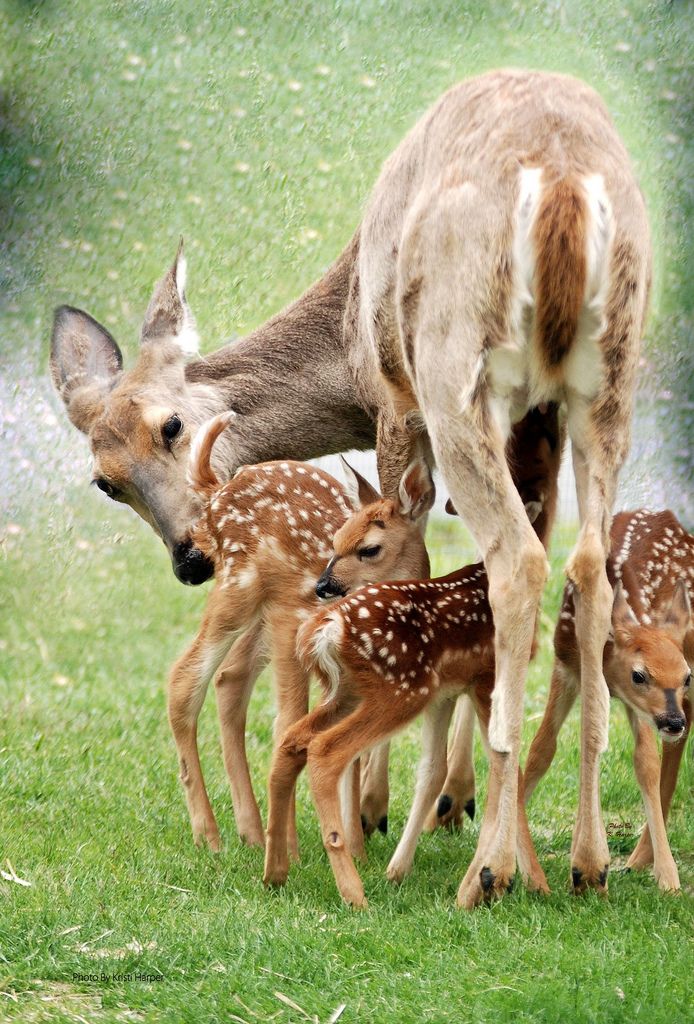
Therefore, remember: As much as you would like to pet, help, rescue, or protect a small living creature, the best thing you can do is to leave, leaving the cub in place. And only if you are absolutely sure that the mother is dead, you can take it. Getting out of a newborn wild animal is a whole science that the park staff did not comprehend of their own free will, but managed to do it. But for those who are already faced with the need to raise a weakened deer / roe deer on their feet, we have written a short guide to nursing a deer cub in captivity.
Red deer rearing in artificial conditions
Red deer rearing in artificial conditions (personal experience of a park employee) I must say right away that my personal experience in this area is very small - we (so far) have raised only one. But at the very beginning we faced a huge problem - we could not find information anywhere that would help us out. Actually, that's why I came up with the idea to write a short guide for those who still have to enter in the search engines "how to feed a red deer cub.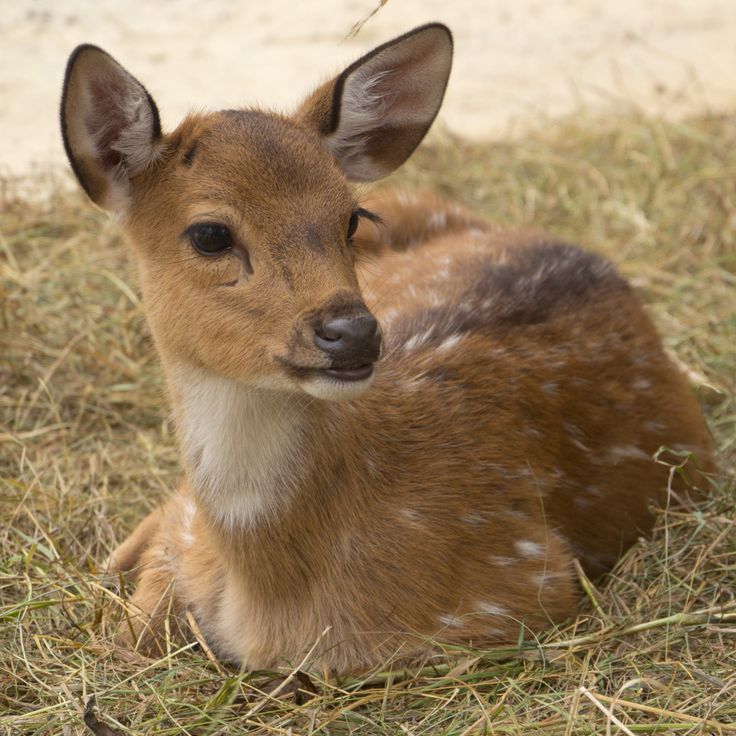 "
"
First you need to determine the age of the animal
Our Yashik came to us through second hands, so only a veterinarian could reliably determine his age - 6-7 days. So, how does a red deer cub look like at a week of age:
Height at the withers: 64 cm
It still does not stand very well on its legs, they are slightly curved with the letter X. Often “cries”.
Teeth: back (if I may say so) not yet, front 8 (now Yasha is already 2 months old, but the front is gone), they are all below. 2 in the center are very large and funny: o) the rest are quite small.
Weight: 10-12 kg (but this is taking into account that he was fed incorrectly all his first week)
Understand who is in front of you
By the way, it will be useful to understand who is in front of you - a red deer or a spotted deer. They are often confused. The red deer is larger (against our 65 at the withers - 45-50 in the sika deer, weight approx. 4-6 kg). The head is large, the ears are elongated. I would compare them with the length of the nose from the tip to the eyes. The deer has a neat muzzle with VERY large round ears. Now as for the coloring. It should be noted that everyone has spots. In deer, they are located along the ridge and will come off after the first molt in October, while in spotted deer they are all over the body and will remain for life.
I would compare them with the length of the nose from the tip to the eyes. The deer has a neat muzzle with VERY large round ears. Now as for the coloring. It should be noted that everyone has spots. In deer, they are located along the ridge and will come off after the first molt in October, while in spotted deer they are all over the body and will remain for life.
The red deer spot under the tail is yellow and small, not brightly outlined. In a deer, on the contrary, it is white, wider and strikingly different in color from the general background.
And now the most important thing - about feeding. Or, more accurately, breastfeeding.
Golden rule: do not overfeed.
We gave cow's milk (necessarily boiled!) with the addition of water and infant formula "Malyutka 1" (one - ie from birth).
Proportions: 1 liter of milk, 8 measuring spoons of the mixture, 0.5 liters of water. For the first 2 weeks, you need to feed 8-10 times a day, 100 g of the resulting mixture. It is better to use a bottle with a simple (not the most expensive) elongated nipple. By the way, because of the structure of the jaws, the deer did not recognize the Aventa’s nipple so respected by mothers. Of course, it is better to warm up to 36-38 degrees. You can check the temperature in the same way as for children - a drop on the bend of the elbow.
It is better to use a bottle with a simple (not the most expensive) elongated nipple. By the way, because of the structure of the jaws, the deer did not recognize the Aventa’s nipple so respected by mothers. Of course, it is better to warm up to 36-38 degrees. You can check the temperature in the same way as for children - a drop on the bend of the elbow.
After the second week, give about 150 ml of water during the day between feedings. Once a day, we gave lightly salted (1 teaspoon without top per liter of boiled water). Now we feed 8 times a day, 250 ml each.
At the age of three weeks, the red deer was drunk with a five-day course of the probiotic Vetom-2 (why I won’t say exactly “2”, but that’s how we were determined in the veterinary clinic). Dilute one sachet in 200 ml of water, divide in half and give twice a day one hour after feeding (so you will need 5 sachets)
Month.
At this age, you can transfer from a baby bottle to a cow bottle (for feeding calves - sold in veterinary stores). No, of course, you can continue to drink from a small one, but it will be tiring - you need to fill it several times for one meal or have 4 at once. At the same time, we began to feed Yashechka with a whole milk substitute Kormilak.
No, of course, you can continue to drink from a small one, but it will be tiring - you need to fill it several times for one meal or have 4 at once. At the same time, we began to feed Yashechka with a whole milk substitute Kormilak.
Its cost in Primorsky Krai ranges from 1900 to 2400 for a 25 kg bag. This amount is enough for about 2 months. The first days we add kormilak to cow's milk, but we cancel the infant formula (i.e. it turns out 1 liter of milk + 0.75 ml of water + 100 g of kormilak), then (well, say, on the fifth day) we give pure kormilak, i.e. . at the rate of 1:9as written on the package. I weighed a plastic container on a culinary scale, it turned out to be 200 gr, i.e. almost 2 liters of water. At the age of one to two months, his daily intake increased from 2.5 to 4 liters of formula per day, and the frequency of feeding decreased from 6 to 4 times.
- Grass. I wondered for a long time when to start feeding with grass. But everything turned out to be easier - Yashichek himself reached for the raspberries.
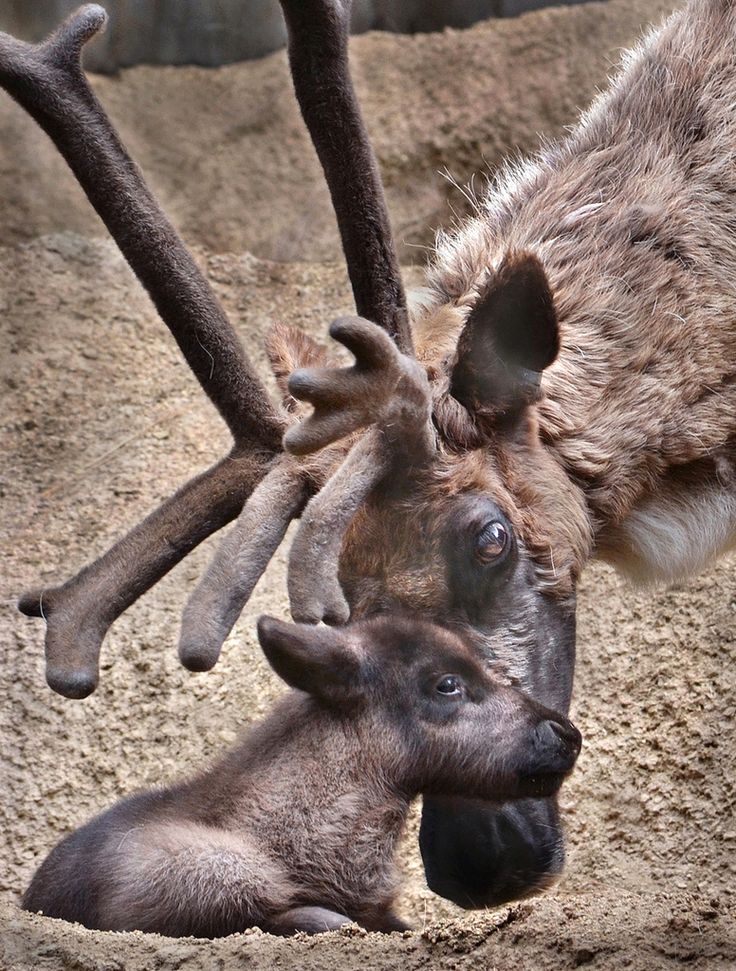 And off we go. Most of all he liked dandelions, grapes, raspberries. Then come beets, ash leaves, currants. He also loves berries terribly: o) Honeysuckle, strawberries, currants, raspberries, irga - everything goes with a bang. At the same time, the apples directly spits out. You can give pureed vegetables as a substitute for grass.
And off we go. Most of all he liked dandelions, grapes, raspberries. Then come beets, ash leaves, currants. He also loves berries terribly: o) Honeysuckle, strawberries, currants, raspberries, irga - everything goes with a bang. At the same time, the apples directly spits out. You can give pureed vegetables as a substitute for grass. - Faeces. Normally, he is like a goat - balls. Our pet had diarrhea at first. Wrong food - diarrhea, did not boil the bottle - diarrhea, overfed - diarrhea again. What to do. Give less food and carefully monitor the sterility of dishes.
- Dehydration on the second day of life at my home was diagnosed by a veterinarian - Yashka refused to eat, could hardly stand on his feet. He was given a dropper in the neck (do not do it without a specialist!) with saline through a butterfly 4-ku, 200 ml + half a bottle of glucose. He almost immediately got to his feet, but it was impossible to feed, it was possible to give saline in the evening and replace one meal with it the next day.
 In general, having a doctor in the family, on the second day we were ready to repeat the drip on our own, but, fortunately, it was not necessary. In order to prevent, see above, drink salted water daily.
In general, having a doctor in the family, on the second day we were ready to repeat the drip on our own, but, fortunately, it was not necessary. In order to prevent, see above, drink salted water daily. - Arrangement of the place. Here, of course, the more the better. Yasha had to live in an open chicken pen, 3x8. The size, frankly, is not great. Net height 3.5 meters. It is necessary to make a small canopy, 1.1-1.2 m high, with a roof and without one wall - so that it can enter freely, cover the floor with hay, which needs to be changed regularly (because they defecate, most often, under themselves).
- General recommendations. The life of these small, defenseless creatures is in your hands. Therefore, it is important to decide what will happen to them when they are ready to exist on their own: do you intend to give it to the zoo / zoo / safari park or plan to release it into wildlife. The permissible frequency of contact with the animal depends on this. If he is destined for the fate of a wild beast, then do not allow strangers to approach him, i.
 e. he should know only those 1-2 people who care about him. But you need to remember that even with this option, it is vital for him, no matter how pathetic it may sound, closeness and warmth, a sense of security - when you feed him, do not be lazy to stroke and talk - he will soon begin to recognize your voice. If you are not going to let go into the wild, then you need to hug the first 3-4 weeks as often as possible - you yourself will see how it calms him down.
e. he should know only those 1-2 people who care about him. But you need to remember that even with this option, it is vital for him, no matter how pathetic it may sound, closeness and warmth, a sense of security - when you feed him, do not be lazy to stroke and talk - he will soon begin to recognize your voice. If you are not going to let go into the wild, then you need to hug the first 3-4 weeks as often as possible - you yourself will see how it calms him down.
Reindeer diet.
Reindeer food depends on the season. In the summer they feed on grass, cereals and ... mice - yes, yes! Not that they are specially hunted for them, but if some frivolous mouse gapes on a tussock, the deer will grunt it along with the grass and will not even notice. And also tasty food for them - mushrooms. The peoples of the North do not eat mushrooms precisely because deer do.
So the Sami thinks: Why am I, a man, going to eat reindeer food? I'm not a deer! And there are so many mushrooms that sometimes the whole tundra around seems to be covered with a solid carpet of bright boletus caps. So deer will not be left without food in the summer.
So deer will not be left without food in the summer.
But in winter, when there is neither grass nor mushrooms in the tundra, deer hunt moss from under the snow. This is the only food available in the winter cold. Deer have an excellent sense of smell, and they smell reindeer moss even under a meter layer of snow, and they know how to get it from this great depth. And what can you do: winter in these parts lasts nine months, so we had to adapt. They dig the snow with their front legs so deep that sometimes only one back is visible in a feeding deer.
Yagel is a lichen.
In the past, the Sámi used to keep their reindeer near their dwellings in winter - a very small herd of three to five animals. And they prepared reindeer moss for them for the winter. In the summer it is quite simple, since you do not need to dig up plants from under the snow - you gathered an armful, put it in a shed, and let it dry for yourself. Before giving it to deer, reindeer moss was soaked in a bucket of water, and it became like fresh. And since deer love salt, salted fish heads were also thrown there. It turned out such a venison salad - reindeer moss with salted fish. Yummy!
And since deer love salt, salted fish heads were also thrown there. It turned out such a venison salad - reindeer moss with salted fish. Yummy!
Berry picking in the north.
And deer are very fond of berries that grow in the tundra in swamps: cloudberries, blueberries, lingonberries, cranberries. We humans are also not averse to eating such berries, so I will tell you how they are harvested.
For harvesting cranberries and lingonberries, there are special devices similar to a scoop with a scallop. With these combs, the berry is, as it were, combed out from the bumps: r-r-time - and I have already collected a whole glass of cranberries! But cloudberries have to be picked by hand, each berry separately - it is very tender. But deer do not need all these complexities and adaptations. After all, unlike humans, they are not afraid to get stuck in a swamp and calmly walk through it, nibbling berries.
Information from the book about reindeer.
Reindeer grazing
Reindeer grazing.
Reindeer walk in the summer by themselves, and no one looks after them at all. This is called free grazing. They roam in small groups of 3-5 individuals along the seashore, where the wind drives away annoying insects from them. and nibbling young grass.
Such reindeer self-sufficiency is very convenient for a person: you don't need to look after them or feed them. And in autumn, instinct makes them go to warmer places, deep into the Kola Peninsula. So they rush to the south with trampled thrones, along their thousand-year-old routes. This is where the shepherds lie in wait for them. They know all these paths well and gradually gather deer into herds, which are driven to winter pastures. Such herds may not be very large, or they may simply be gigantic. And then their distillation to pasture is an impressive sight.
Imagine: ten thousand deer are walking, powerful snowmobiles accompany them from all sides, and helicopters fly from above.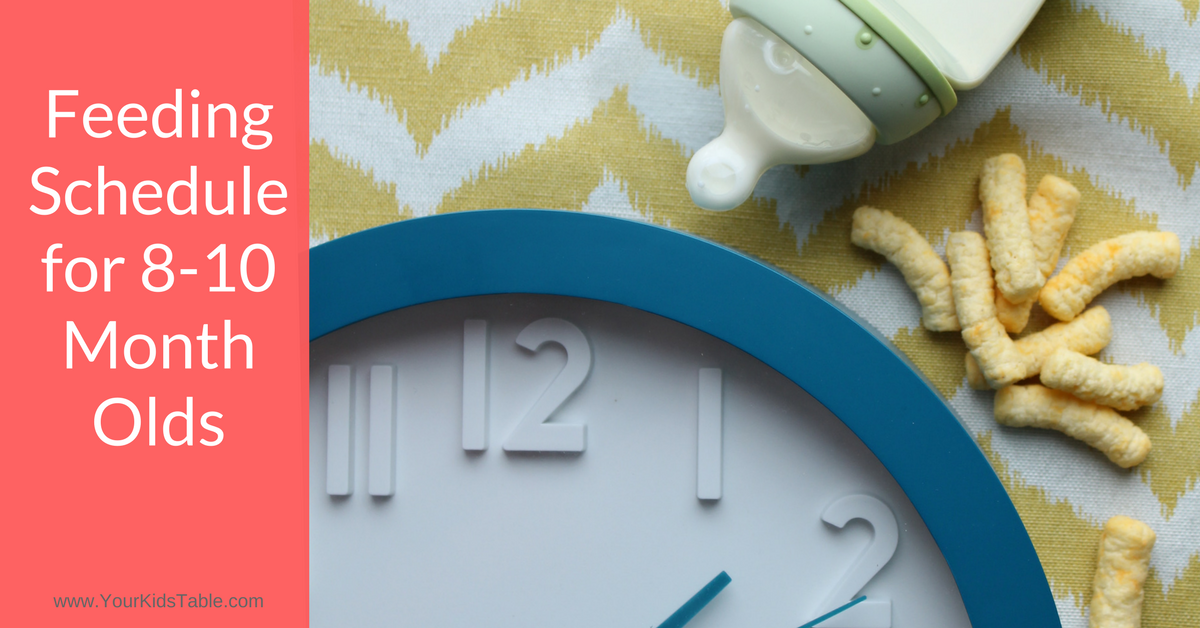 As if a whole army is on the offensive - with equipment and aircraft!
As if a whole army is on the offensive - with equipment and aircraft!
For the winter, reindeer can be placed in a large paddock, or you can do without it. Then the reindeer herders constantly go around the herd and make sure that the deer do not disperse. This way of grazing is called guarding. This, of course, is because deer are guarded. And the Sami herd their most reindeer much easier. Here is a hut in the pasture in which shepherds live. Deer calmly graze nearby, extracting reindeer moss from under the snow. And the shepherds only go around the herd from time to time: they look to see if anyone has strayed.
Deer antlers
Discarded deer antlers - food for the inhabitants of the tundra.
All deer in the world have large beautiful antlers only in males, and only in reindeer do females wear them.
But here's the question: if thousands of deer shed their antlers every year, why should the whole tundra be littered with them? But this, of course, is not the case.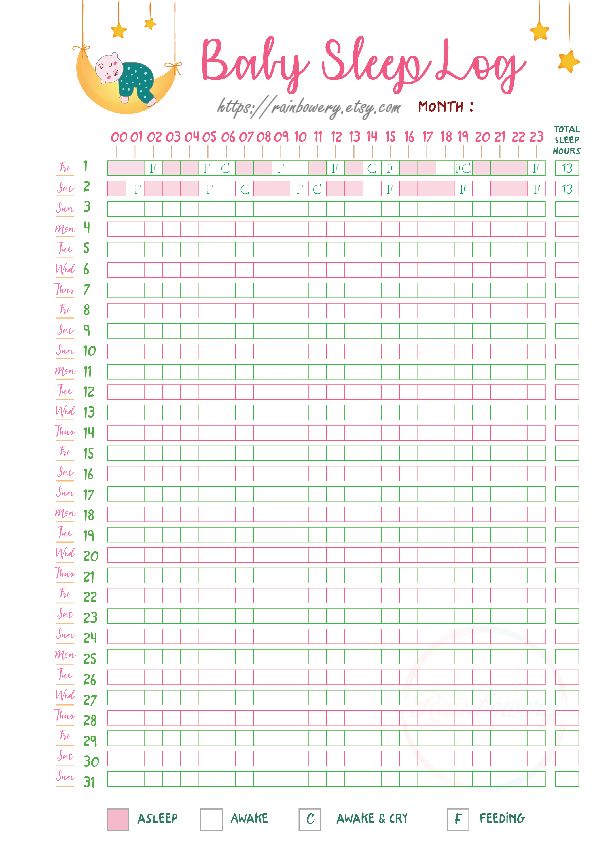 In winter, the discarded horns are eaten in the tundra by all living creatures: mice, arctic foxes. Yes, the deer themselves are not averse to nibbling their antlers, sometimes right on each other's heads! Well, what can I get lost, since they are so useful! And in the summer, tourists come to the tundra, who are also happy to pick up discarded horns. They will bring it home, hang it on the wall - it is immediately clear that the person has been in the tundra.
In winter, the discarded horns are eaten in the tundra by all living creatures: mice, arctic foxes. Yes, the deer themselves are not averse to nibbling their antlers, sometimes right on each other's heads! Well, what can I get lost, since they are so useful! And in the summer, tourists come to the tundra, who are also happy to pick up discarded horns. They will bring it home, hang it on the wall - it is immediately clear that the person has been in the tundra.
- 43.51 Kb
B winter period lichens do not provide deer body with protein, minerals substances, vitamins. Due with that, eating in the snowy period lichens, the deer always strives eat plants that are partially or completely preserved snow in green condition. AT total stock of forage grasses preserved on pastures in winter, dominated by rags, i.e. dry brown shoots and leaves, and only 5-10% of the total supply green fodder grasses account for live green shoots. In green parts of wintering plants is preserved about 50% protein, and in rags - 35-40%.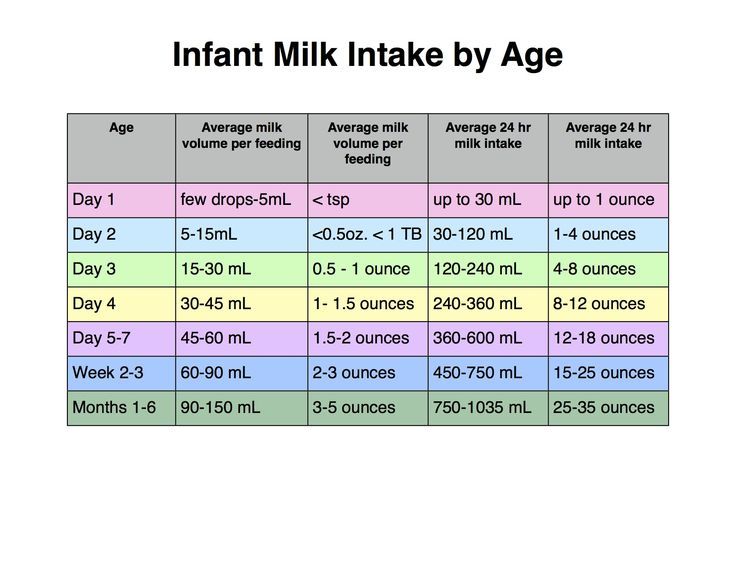 In winter, most sedges and grasses, constituting the main mass of snow reserves, contains 5-6% protein (absolutely dry matter). With sufficient providing snowy greens food for deer is preserved average fatness throughout the entire winter period.
In winter, most sedges and grasses, constituting the main mass of snow reserves, contains 5-6% protein (absolutely dry matter). With sufficient providing snowy greens food for deer is preserved average fatness throughout the entire winter period.
Winter green feed includes about 80 plants, but essential for deer are only a few types: individual species of sedge, cereals, herbs and horsetail. Some sedges (water, swollen, roundish, vilyui) and cotton grass (vaginal, narrow-leaved) retain under snow up to 50% of ground organs in green condition. Deer eat and browned dry parts of these plants, and in some sedge species - and rhizomes. In those areas where cotton grasses are widespread, they make up to 90% deer diet. Young cottongrass shoots contain up to 4.5% mineral substances and up to 20% protein. In winter time nutritional value of sedge decreases, but the ash content is still sufficient great. Therefore, they are valuable as a source enrichment of the body of a deer with salts.
Cereals nutritionally superior to sedges. Their green mass is preserved under the snow by 25-30%, and aftertaste - by 50%. Highest value have a sinuous pike, a squat fescue, sheep's fescue, yellow arctoila. Only some types of forbs have quite important in the nutrition of deer in the winter time. This is a cat's paw and northern linnaeus. Rhizomes are well eaten by deer three-leaf watch and marsh cinquefoil.
Horsetails willingly eaten by deer as in green as well as in a browned state. Greatest practical value for reindeer herding how winter-green fodder has marsh horsetail and reed, as well as wintering and Komarova.
Extant the remains of green plants, although they have lower nutritional value than in summer, but compared to the main food of deer - moss - contain 3-4 times more protein, 2-3 times more minerals and richer in vitamins. Presence under the snow such plants is important because it allows you to replenish the body deer protein, minerals and vitamins.
Summer green fodder. Green plants as the main pasture food of northern deer provide the body with all the necessary nutrients and vitamins. In summer, when choosing food, deer have a wide range of plants: from 318 types of fodder reindeer plants 268, or 84%, are summer food.
Most willingly deer eat cereals, sedges, foliage shrubs - various types of willows and dwarf birch. Especially valuable for them in the feed regarding plants such as watch, mountaineer, ragwort, lagotis, astragalus, bluegrass, foxtail, reed grass, arctophila, horsetail. The most valuable are the leaves of the tundra willows and dwarf birch. deer always very picky in the choice of food. They are usually do not touch dented or broken plants, but choose and bite individual leaves and tops of stems and shoots favorite, freshest, youngest plants. From the range available on the pasture deer usually chooses those plants that are in the leafing phase throwing out shoots, budding and flowering, always preferring fresh young greens. A plant of the same species is eaten reindeer more or less willingly depending on from the phase of its development. Since spring, deer willingly they eat sedges and grasses, but after flowering, when the leaves and stems coarsen, edibility these plants is drastically reduced. autumn, when, with the onset of a cold snap, the foliage shrubs fall off. Meaning of monocots plants in the diet of deer increases again.
A plant of the same species is eaten reindeer more or less willingly depending on from the phase of its development. Since spring, deer willingly they eat sedges and grasses, but after flowering, when the leaves and stems coarsen, edibility these plants is drastically reduced. autumn, when, with the onset of a cold snap, the foliage shrubs fall off. Meaning of monocots plants in the diet of deer increases again.
Shrubs. Of great importance in the diet of deer are leaves of shrubs, especially willows and birches. Leaf nutritional content shrubs represent a large fodder value. Deer eat them all the time. growing season up to leaf fall. In some areas of reindeer husbandry, the share shrub fodder accounts for up to 80% all food eaten in the summer. Willows and birches widespread in reindeer breeding areas.
By nutrition comes first willows: gray, shaggy, spear-shaped.
Grey, or gray, willow widespread in the tundra, forest-tundra and mountainous regions; forms extensive thickets in floodplains and in low places of the tundra. East from the Lena River, this willow is less common. Gray willow leaves are readily eaten by deer throughout the summer, until leaf fall, they remain tender, fall off late. Gray willow reaches 1.5 m in height, has dark brown branches with gray hairy summer shoots, leaves narrowed at both ends, entire-extreme, dense gray felt above, bluish below. Flower earrings develop later leaves.
East from the Lena River, this willow is less common. Gray willow leaves are readily eaten by deer throughout the summer, until leaf fall, they remain tender, fall off late. Gray willow reaches 1.5 m in height, has dark brown branches with gray hairy summer shoots, leaves narrowed at both ends, entire-extreme, dense gray felt above, bluish below. Flower earrings develop later leaves.
Hairy willow , except for the Far East, found throughout river valleys along the watersheds. deer eating leaves and young shoots. Reaches 1.1 m in height, branches are thick, knotty, old - brown color, young - gray felt. blooms before the leaves bloom. Leaves usually hold on to the snow.
Spear willow - widespread shrub, found as thickets in valleys rivers (forms thickets along rivers and streams), as well as among the tundra on the watersheds. bushes reach 1.8 m in height; dark brown branches young shoots are yellowish, pubescent. The leaves are thin, with a finely serrated edge, dull green.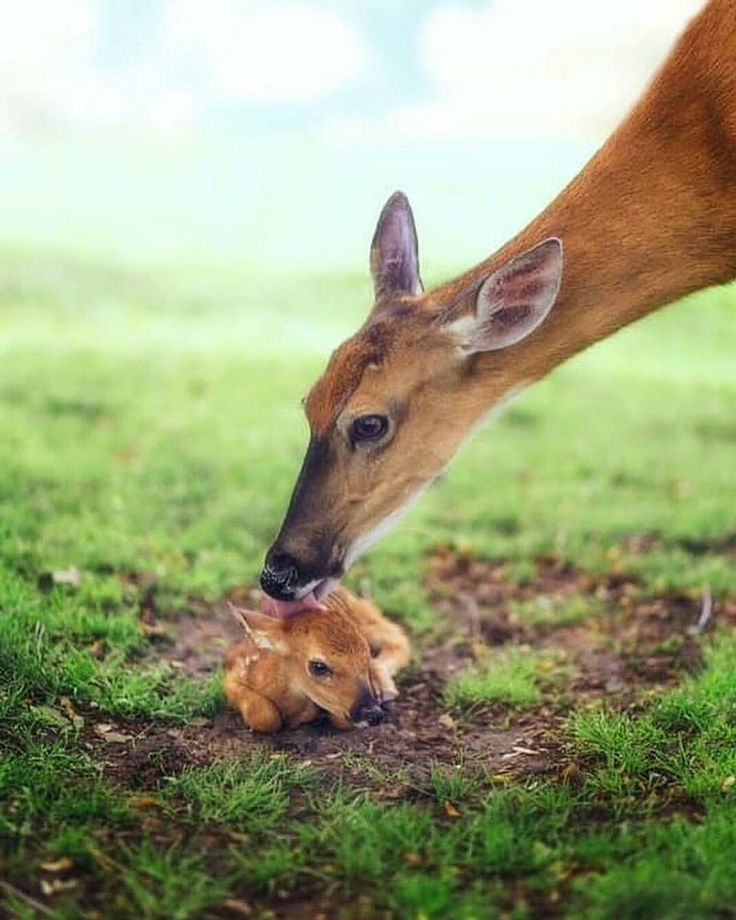 Blooms before leaves appear.
Blooms before leaves appear.
Large importance in deer nutrition depending on from the region there are also willows such as iron, wood, loparsky, beautiful, Krylova, Sakhalin, Korean.
Leaves birches bloom later than at the willows, but they get rough earlier. As a result, in the second half growing season palatability them is reduced. birch leaves are characterized high nutrient content and minerals, while the greatest importance in the diet of deer have dwarf birch, skinny, Midendorf.
Birch dwarf often found in southern tundra and forest tundra, enters the forest zone. Widespread in Western regions of the Far North, east of Yenisei, its arrays are thinning. Leaves her fine are eaten by deer.
Mushrooms. In the regions of the Far North with pasture keeping deer is of no small importance as a feed product I have some hat mushrooms (boletus, boletus, goat, flywheel, russula, etc.). deer greedily eat mushrooms that appear in the tundra and forest-tundra from the second half summer and autumn. Even in early winter, deer dig out from under the snow dried or slimy remains of mushrooms.
Even in early winter, deer dig out from under the snow dried or slimy remains of mushrooms.
Mushrooms contain significant amounts of nitrogenous substances (up to 45% of absolutely dry matter), from 9 to 17% carbohydrates and 5-10% ash. Mushrooms are rich and vitamins; they contain significant the amount of vitamin A, vitamins are found in them from group B, vitamins C, D and PP. For mushrooms high fiber content, mostly in the range of 20-30%, and mushroom fiber is poorly digested. Mushrooms contain 84 to 93% water. Mushrooms increase the digestibility of other feeds due to the high content of enzymes. The reasons deer's predilection for eating mushrooms not studied. This is supposed to be explained the presence in rough a significant amount nitrogenous substances and vitamins.
Yield mushrooms depends on weather conditions and fluctuates over the years from 10 to 100 kg/ha. More mushrooms in the taiga zone and forest-tundra, in arctic and mountain there are fewer of them in the tundra.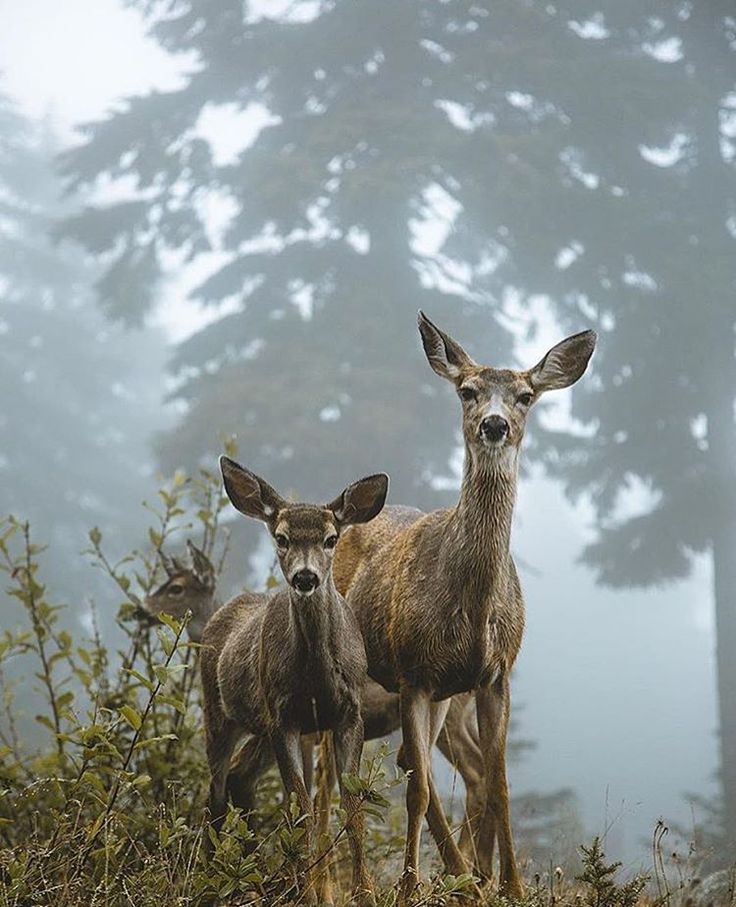
Concentrated stern. Deer eat various grains foods rich in carbohydrates (cereal grains). With success, you can feed oats to deer, barley, corn and other cereal grains crushed or crushed. Deer willingly eat grain products bran, rye flour, crackers, baked bread etc. Digestibility and nutritional value grain feed for deer on average not have significant differences compared to with other farm animals.
Good eaten and used by northern deer animal feed - fish and meat and bone meal. Especially deer willingly eat fishmeal, which more often than other feeds it is used for top dressing.
Fish flour is highly valued in reindeer herding because she is local feed and contains in a small volume all missing in the winter pasture forage elements needed for food. Feeding with fishmeal stimulates the eating of reindeer moss. Nutritious the dignity of fishmeal for deer is assessed at 75-80 feed units. per 100 kg of feed, with the content 43-45% digestible protein.
Suitable use to feed deer meat and bone meal prepared in areas of development of marine fishery of the Magadan region from waste zhirotopny production, meat and bones sea animal.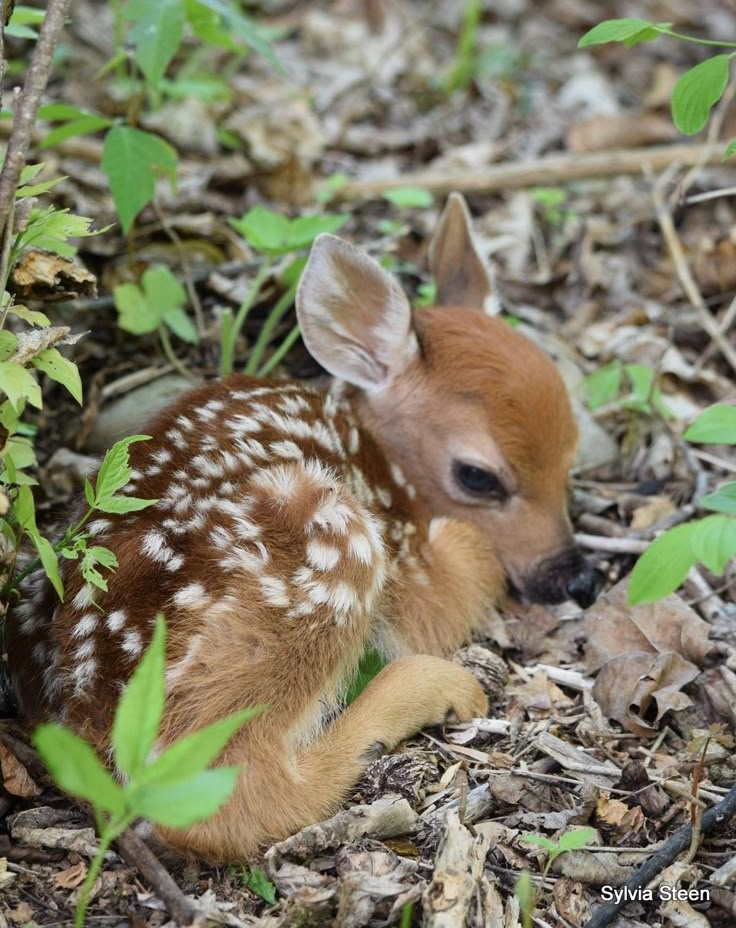
For deer feeding can be used and compound feed. Horse feeding compound feed leads to rapid decrease in deer performance, because his body is not adapted to the digestion of this type of feed; chewing gum and stomach activity (rumen) when fed with this compound feed are violated. The deer is forced more often and chewing coarse parts of food longer, which stay longer in the stomach. When feeding mixed fodder, the deer requires about twice as much drinking water (up to 3-4 liters per day) than when feeding reindeer moss. Adding 1kg feed per 2kg reindeer moss provides complete nutrition deer and does not cause disruption digestive tract.
Nutritious the dignity of compound feed is assessed for deer at 60-66 feed units per 100kg of feed, i.e. it is somewhat lower than according to tabular data for others farm animals.
Concentrated feed matters for feeding riding reindeer during periods of tense transport work. deer fast get used to eating concentrates, especially for fishmeal.
Coarse stern. Hay is eaten by deer significantly worse than fresh green fodder. When giving deer eat plenty of hay a day about 0.3-0.5 kg, in rare cases up to 1 kg. eatability hay depends on its botanical composition and cleaning times. Deer prefer small grass hay from legumes, cereals and herbs, harvested no later than the flowering period. The reason for the poor eating of hay by deer lies in the inability of his stomach to the processing of large masses of dry rough fodder. Deer do not eat hay cut better than hay, leaving a lot of food in the remnants, but hay flour is eaten completely.
Nutritious the dignity of hay for deer is assessed 40-50 feed units per 100 kg of feed, and willow leaf hay 74 feed units in the presence of 5-8% digestible protein.
B mixtures with reindeer moss digestibility and nutritional value of hay rise somewhat.
B as roughage with success birch brooms can be used and willows. Deer willingly eat brooms, harvested at the end of June-July. Dry them in the shade, store in germs. Per head per day give 0.3-0.5 kg.
Dry them in the shade, store in germs. Per head per day give 0.3-0.5 kg.
Mineral stern. When fed with reindeer moss and consumed snow instead of drinking water, the deer often mineral starvation occurs. That's why mineral supplements are needed. In some areas (Karelian ASSR) insufficiency mineral nutrition causes winter disease of 7-8 month old calves - appears weakness and then paralysis of the hind limbs.
Dacha salt, ash with the addition of trace elements (copper sulfate and cobalt chloride) prevents disease.
From mineral feed the greatest value have salt and bone meal. Salt is essential give to all deer in winter, during the feeding period lichen food. Adding salt improves deer appetite, makes them search for grazing more intensively feed. When fertilizing with salt, it slightly increases digestibility of lichen food and digestibility of nitrogenous substances. Eventually deer receiving table salt in winter usually remain satisfactory by spring fatness, and the pregnant uterus gives stronger, normally developed offspring.
Salt fed to deer in a hammer form (table salt) or rock salt (lick). Can be used brine - the brine that remains after salting fish. The brine contains nitrogenous substances. He's being frozen and set in the form of blocks, which animals lick. Deer should be given salt at the rate of at least 5-6g per head per day. At a minimum, salt should be given during the most difficult pasture period - from February to May.
Description of work
Reindeer get their own food in the harsh conditions of the Arctic, where snow cover makes access to food difficult, and the nutritional characteristics of food do not always satisfy the needs of the body. This is the reason for the specialization of nutrition according to the seasons on those feeds in which at other times there are no fats, vitamins and salts, as well as the reason for sharp fluctuations in the size of muscle mass and the content of salts and vitamins in the body. Having subjugated the reindeer, man took care of satisfying his needs. The better a person knew them, the more successfully he bred deer and received more products. The folk school of reindeer husbandry is largely the science of how to feed the reindeer. In this direction, she has accumulated a number of observations that are also of theoretical interest
The better a person knew them, the more successfully he bred deer and received more products. The folk school of reindeer husbandry is largely the science of how to feed the reindeer. In this direction, she has accumulated a number of observations that are also of theoretical interest
Contents
Introduction…………..……………………………………………………3 …………………..4
Nutrient requirements………………7
Nutritional assessment. Feed digestibility……..8
Feed characteristics……………………………….…10
Conclusion………………………………………………….……19
List Literature………………………………….………...20
Beautiful, graceful, graceful and intelligent animals - reindeer - live in the northern polar latitudes. Reindeer food is not available everywhere, so they have to spend a lot of time and effort looking for it. Deer are able to walk hundreds of kilometers in summer - to the north, and in winter - to the south, in order to feed themselves and their offspring.
We will try to find out together with you what basic and pasture food saves animals from starvation in the harsh conditions of cold latitudes in summer and winter.
Deer feeding habits
Unfamiliar with the natural conditions of the tundra, it may seem that the natural world of this region is very poor. This is not so, therefore, large animals, the basis of the diet of which is plant food, manage to provide themselves with everything they need on their own.
Their main food in summer is leaves of willow, dwarf birch, and other plants, as well as grass and berries. It has been noticed that deer are picky about greens - they will not eat wilted branches with dry leaves, but will choose young and juicy leaves. They even eat mice. Deer do not specifically hunt for them, but if a mouse gapes, it will most likely be eaten along with a bunch of juicy grass. Deer graze in groups of three to five individuals where there is lush grass - most often on the sea coast.
In autumn, deer find cotton grass, cloudberries, fallen acorns, and sorrel. Mushrooms are considered a favorite delicacy of reindeer. Most they find right away, but in order to feast on flywheels, in early winter they have to dig up the snow.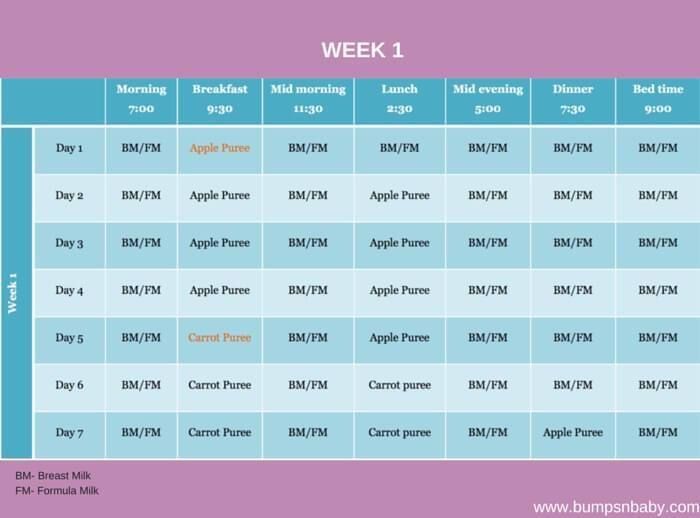
In winter, when there is neither grass nor mushrooms, animals feed on reindeer moss, digging snow up to a meter thick with their hooves, they find lichens and eat them up to ten kilograms a day. In addition to reindeer reindeer, they eat lichens from branches and tree trunks with pleasure, drinking sea water and eating algae. So that such a monotonous diet does not lead to vitamin deficiency in winter, because the winter period here lasts almost nine months, deer are given bone meal, table salt and other feeds that satisfy their needs for vitamins, minerals and microelements.
For free-ranging animals, the search for salt sometimes becomes a real problem, therefore, in order to find shale emissions, deer go on many kilometers of wandering.
Yagel is an amazing plant that grows in most of the natural tundra zone. This is a soft moss of light color, it sometimes grows in height up to 40 centimeters. It grows slowly, so pastures are quickly eaten up and herds of deer roam again and again in search of food. It is thanks to its chemical composition that deer do not get sick, and endure the harsh winter cold.
It is thanks to its chemical composition that deer do not get sick, and endure the harsh winter cold.
Animals can gnaw their discarded horns, which is not considered something out of the ordinary. Moss moss does not satisfy the body's needs for protein and salt, so animals eat lemmings, bird eggs and even their chicks.
Feeding reindeer kept in paddocks
Representatives of northern peoples keep deer as pets, so they worry about what animals will eat in winter. They prepare reindeer reindeer moss in the summer and store it in dry sheds. Before giving it to an animal, the reindeer moss is soaked in water, then it becomes juicy, as if it had just been plucked. Sometimes salted fish heads are added to reindeer moss, deer love such a platter.
As meadow grass becomes less and less every year, animals are given wheat, straw, bran, black bread and other products that replace the meadow delicacy.
Reindeer have adapted to the natural conditions of cold latitudes and feeding on lichens, therefore they live in places where others, except for the musk ox, cannot live.

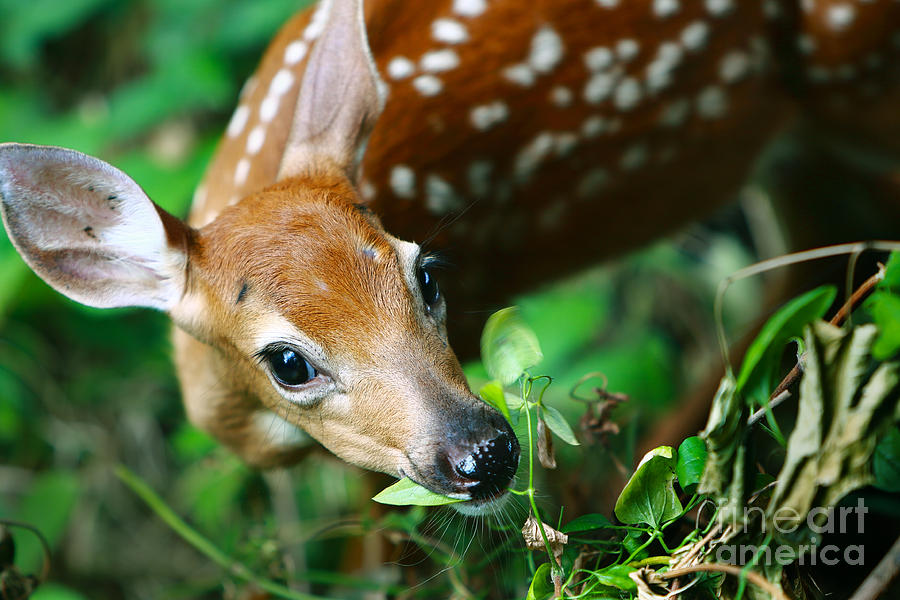 )
)  If you can keep them on a bottle longer, then it couldn't hurt to keep the fawn on until approx 12-14 weeks.
If you can keep them on a bottle longer, then it couldn't hurt to keep the fawn on until approx 12-14 weeks.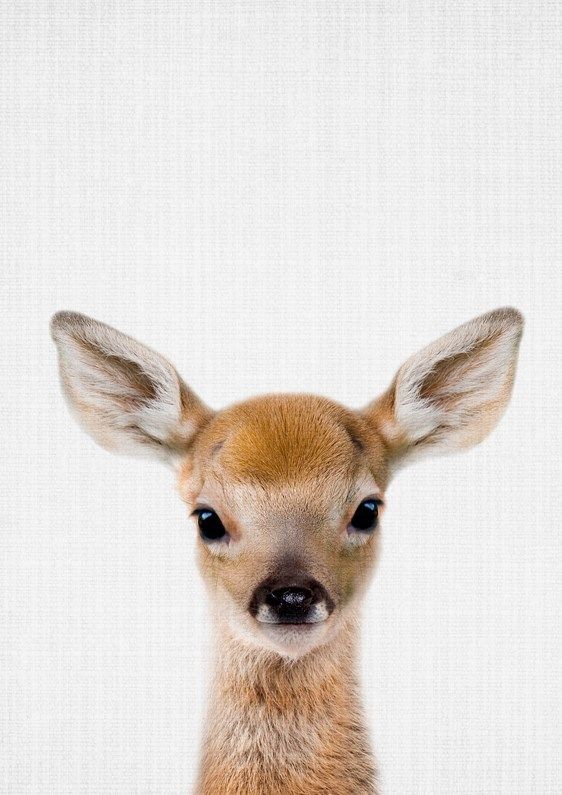 .. it will need bottle fed. However, in most cases you must force feed the fawn a bottle for atleast the first few feedings ~ until the fawn "learns" how to suck the bottle itself.
.. it will need bottle fed. However, in most cases you must force feed the fawn a bottle for atleast the first few feedings ~ until the fawn "learns" how to suck the bottle itself.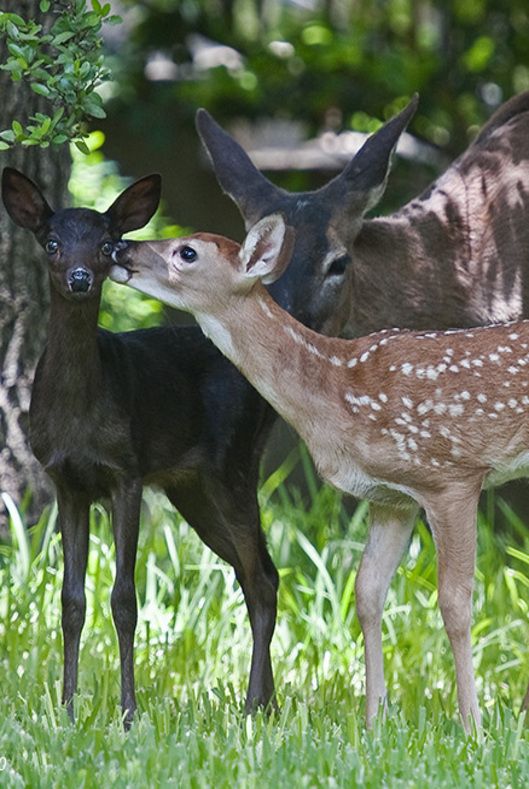
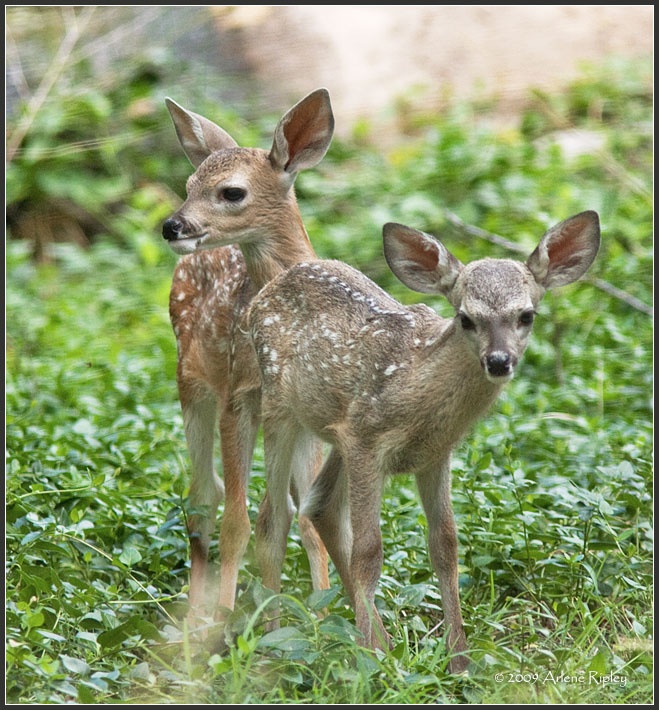 Have a helper "tickle" the fawn's back legs and behind area while bottle feeding it. When natural nursing takes place - the mother deer will lick their baby/s on the behind and hind legs, etc. to stimulate them and help them to nurse.
Have a helper "tickle" the fawn's back legs and behind area while bottle feeding it. When natural nursing takes place - the mother deer will lick their baby/s on the behind and hind legs, etc. to stimulate them and help them to nurse. There have been cases where a baby fawn or goat, etc. will completely refuse to bottle feed - and in this case, you would need to syringe feed or tube feed.
There have been cases where a baby fawn or goat, etc. will completely refuse to bottle feed - and in this case, you would need to syringe feed or tube feed. There is good bacteria in the dirt that fawns need for rumen health. Get the black **unfertilized** dirt from you yard/field. It can have some sod roots in it. Do NOT use potting soil. The purpose of this is to set up their digestive system to digest the plant life in your area ... every location has a different bacteria specific with each location.
There is good bacteria in the dirt that fawns need for rumen health. Get the black **unfertilized** dirt from you yard/field. It can have some sod roots in it. Do NOT use potting soil. The purpose of this is to set up their digestive system to digest the plant life in your area ... every location has a different bacteria specific with each location. 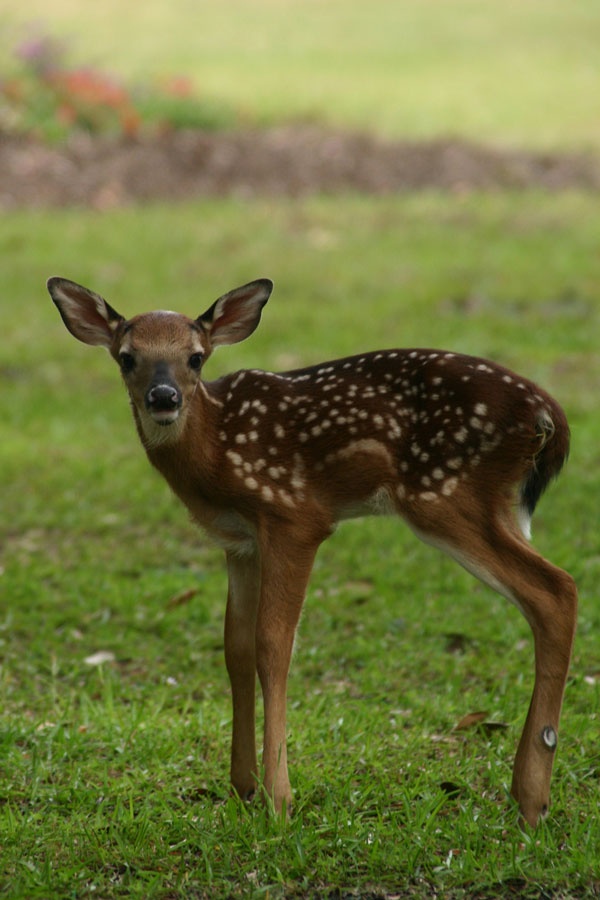 Give the fawn ww bread as a treat once or twice per day. Just a pinch or two will due.
Give the fawn ww bread as a treat once or twice per day. Just a pinch or two will due.
